Forgotten Islands of the South Pacific
Forgotten Islands of the South Pacific
$6145
Tour Overview
Embark on an unforgettable journey to the "Forgotten Islands of the South Pacific," where nature and history intertwine in New Zealand's remote subantarctic territories. Begin your adventure in Queenstown, then set sail from the Port of Bluff, navigating through the Southern Ocean to explore the pristine Campbell Island, Auckland Islands, and The Snares. Witness breathtaking landscapes and abundant wildlife, including rare bird species and sea lions. Enjoy Zodiac cruises along rugged coastlines and delve into the rich human history of Carnley Harbour. With expert naturalists on board, you'll gain insights into the unique flora and fauna of these islands. This expedition offers a perfect blend of exploration, relaxation, and education, with comfortable ship accommodations and all meals included. Conclude your voyage with a visit to Stewart Island, where the vibrant birdlife and serene landscapes provide a fitting end to this extraordinary adventure. ...more ...less
Highlights
Itinerary
Day 1: Queenstown
Location: Queenstown, Invercargill
Accommodation Name: designated hotel
Meals Included: Dinner
Guests should make their way to the designated hotel where we will spend the first night of the expedition. This evening there will be an informal get-together at the hotel for dinner; an excellent opportunity to meet fellow adventurers on your voyage and some of our expedition team.Please note: The 27 December 2026 voyage includes a hotel night in Invercargill instead of Queenstown. Guests should make their way to the designated hotel in Invercargill where we will spend the first night of the expedition, or join our 3pm Queenstown transfer from a designated meeting point to Invercargill. ...more ...less
Day 2: Port of Bluff
Location: Queenstown, Port of Bluff, Ruapuke Island, Stewart Island
Accommodation Name: ship
Meals Included: Breakfast, Lunch, Dinner
Today we enjoy breakfast in the hotel restaurant and have the morning free to explore Queenstown before returning to the hotel for lunch and departing for the Port of Bluff to embark your ship. You will have time to settle into your cabin and familarise yourself with the ship; we will also take the opportunity to conduct a number of safety briefings. You are invited to join the expedition team in the Observation Lounge and up on the Observation Deck as we set our course to Campbell Island and our adventure begins. We will sail past Ruapuke Island, formerly a local Maori stronghold supporting a population of over 200 people. We will also be able to see Stewart Island. Despite appearing quite small on most maps it is really quite large and has a 700 kilometre coastline. Seabirds that we may encounter at this early point in the voyage include: albatross, petrels, cormorants, gulls and Little Blue Penguins.
Day 3: At Sea
Location: Bluff, Campbell Island
Accommodation Name: ship
Meals Included: Breakfast, Lunch, Dinner
As we make our way through the Southern Ocean we take the opportunity to learn more about the flora and fauna as we prepare for our arrival at Campbell Island. En route there are great birding
opportunities which may include the Wandering Albatross, Royal Albatross, Black-browed Albatross, Light-mantled Sooty Albatross, Salvin’s Albatross, Campbell Island Albatross, Northern and Southern Giant Petrel, Sooty Shearwater and Little Shearwater. There should be plenty of petrels and again the hard to identify prion species. We can expect some of the best pelagic birding on this leg of the journey from Bluff to Campbell Island with great views during the crossing.
Day 4: Campbell Island
Location: Campbell Island
Accommodation Name: ship
Meals Included: Breakfast, Lunch, Dinner
We have a full day to explore Campbell Island, New Zealand’s southernmost Subantarctic territory. Its history is as rich and varied as the other islands we visit. Discovered in 1810, it was soon occupied by
sealers who introduced rats and cats. Farming followed from 1895 to 1934 when it was abandoned. Coastwatchers were stationed on the island during the war and at the end of the war the station was taken over by the New Zealand Metrological service. They maintained a manned weather/ research station there until 1995. In the early 1970s the removal of farm animals commenced and all were eventually removed by 1990. The vegetation recovered quickly and the cats died out naturally. In a very ambitious (and never before attempted on such a large scale) eradication programme the New Zealand Department of Conservation successfully removed the rats. With the island declared predator free, the way was clear to reintroduce the endangered Campbell Island Flightless Teal, which had been rediscovered on an offshore island in 1975. Snipe, which were formerly unknown from the island but were discovered on another offshore island, recolonised the islands themselves. The vegetation which the great English botanist Sir Joseph Hooker described in 1841 as having a “Flora display second to none outside the tropics” is flourishing and is nothing short of spectacular. We will offer a number of options which will enable you to explore the island including an extended walk to Northwest Bay. There will also be an easier walk to the Col Lyall Saddle. All of these options will allow you the opportunity and time to enjoy the Southern Royal Albatross which nest here in large numbers. We also visit areas of the island which contain outstanding examples of the megaherbs for which the island is renowned.
Day 5: Auckland Islands – Carnley Harbour
Location: Auckland Islands, Carnley Harbour, Adams Island, Port Ross, Enderby Island
Accommodation Name: ship
Meals Included: Breakfast, Lunch, Dinner
In the south of the archipelago there is a very large sheltered harbour rich in human history including shipwrecks, treasure hunters, Coastwatchers and, of course, scientific parties. We plan to arrive mid-morning entering the harbour through the eastern entrance which is guarded on both sides by dramatic cliffs and climb there will be an opportunity to Zodiac cruise along the coast of Adams Island, Western Harbour and Victoria Passage. Other options include the Tagua Bay Coastwatcher’s hut and lookout which was occupied during the Second World War. We could visit Epigwatt and the remains of
the Grafton which was wrecked here in 1864. All five men aboard survived and lived here for 18 months before sailing their modified dinghy to New Zealand to get help. Two of the survivors wrote books about their ordeal, their first-hand accounts tell us a lot about their time here. Later this evening we will sail up the eastern coast, making our way to Port Ross in preparation for our landing at Enderby Island.
Day 6: Auckland Islands – Enderby Island
Location: Auckland Islands, Enderby Island, Sandy Bay, Derry Castle Reef
Accommodation Name: ship
Meals Included: Breakfast, Lunch, Dinner
The Auckland Islands group was formed by two volcanoes which erupted some 10-25 million years ago. They have subsequently been eroded and dissected by glaciation creating the archipelago as we know it today. Enderby Island is one of the most beautiful islands in this group and is named after the same distinguished shipping family as one of our former vessels. This northern most island in the archipelago is an outstanding wildlife and birding location and is relatively easy to land on and walk around. The island was cleared of all introduced animals (pests) in 1994 and both birds and the vegetation, especially the herbaceous plants, are recovering both in numbers and diversity. Our plan is to land at Sandy Bay, one of three breeding areas in the Auckland Islands for the Hooker’s or New Zealand Sea Lion, a rare member of the seal family. Beachmaster bulls gather on the beach, defending their harems from younger (ambitious) males, to mate with the cows shortly after they have given birth to a single pup. Hooker’s or New Zealand Sea Lion numbers are in a slow decline, for reasons which are not obvious but most probably connected with a nearby squid fishery. During our day ashore there will be several options, some longer walks, some shorter walks and time to spend enjoying the wildlife. The walking is relatively easy. A boardwalk traverses the island to the dramatic western cliffs, from there we follow the coast and circumnavigate the island. Birds that we are likely to encounter include the following species: Southern Royal Albatross, Northern Giant Petrel, Auckland Island Shag, Auckland Island Flightless Teal, Auckland Island Banded Dotterel, Auckland Island Tomtit, Bellbird, Pipit, Red-crowned Parakeet, Yellow-eyed Penguin and Light-mantled Sooty Albatross. There is also a very good chance of seeing the Subantarctic Snipe. Other more common species we will see include the Goldfinch, Song Thrush, Blackbird, European Starling, Red-billed Gull and Redpoll. On Derry Castle Reef we will look for migratory waders which could include Bar-tailed Godwit, Turnstone and possibly vagrants.
Day 7: The Snares – North East Island
Location: The Snares
Accommodation Name: ship
Meals Included: Breakfast, Lunch, Dinner
The closest Subantarctic Islands to New Zealand, they were appropriately called The Snares as they were once considered a hazard for sailing ships. Comprising of two main islands and a group of five islands called the Western Chain; they are uninhabited and enjoy the highest protection as Nature Reserves. It is claimed by some that these islands are home to more nesting seabirds than all of the British Isles together. We plan to arrive in the morning, and as landings are not permitted, we will Zodiac cruise along the sheltered eastern side of the main island if the weather and sea conditions are suitable. In the sheltered bays, we should see the endemic Snares Crested Penguin, Snares Island Tomtit and Fernbirds. There are hundreds of thousands of Sooty Shearwaters nesting on The Snares; the actual number is much debated. Buller’s Albatross breed here from early January onwards. There will be opportunities to view the forests of large tree daisy Olearia lyallii which forms a canopy over much of the island group. Tonight we enjoy a farewell and celebratory dinner with newfound friends with time to reflect on a wealth of new experiences and recap on what amazing wildlife, plant life, landscapes and history we have enjoyed.
Day 8: Stewart Island/ Invercargill/Queenstown
Location: Stewart Island, Ulva Island, Invercargill, Queenstown
Spend the morning exploring Stewart and Ulva Islands. Rich in history and wildlife, Ulva Island has been predator-free since 1997 and its bird song and wildlife is some of the best in New Zealand. Say your farewells be transferred to either Invercargill or Queenstown Airport. In case of unexpected delays, we ask you not to book any onward travel from Invercargill before 3pm or before 6pm from Queenstown. Note: During our voyage, circumstances may make it necessary or desirable to deviate from the proposed itinerary. This can include poor weather and opportunities for making unplanned excursions. Your Expedition Leader will keep you fully informed. Landings at the Subantarctic Islands of New Zealand are by permit only as administered by the Government of New Zealand. No landings are permitted at The Snares.
Ship Details
Heritage Adventurer
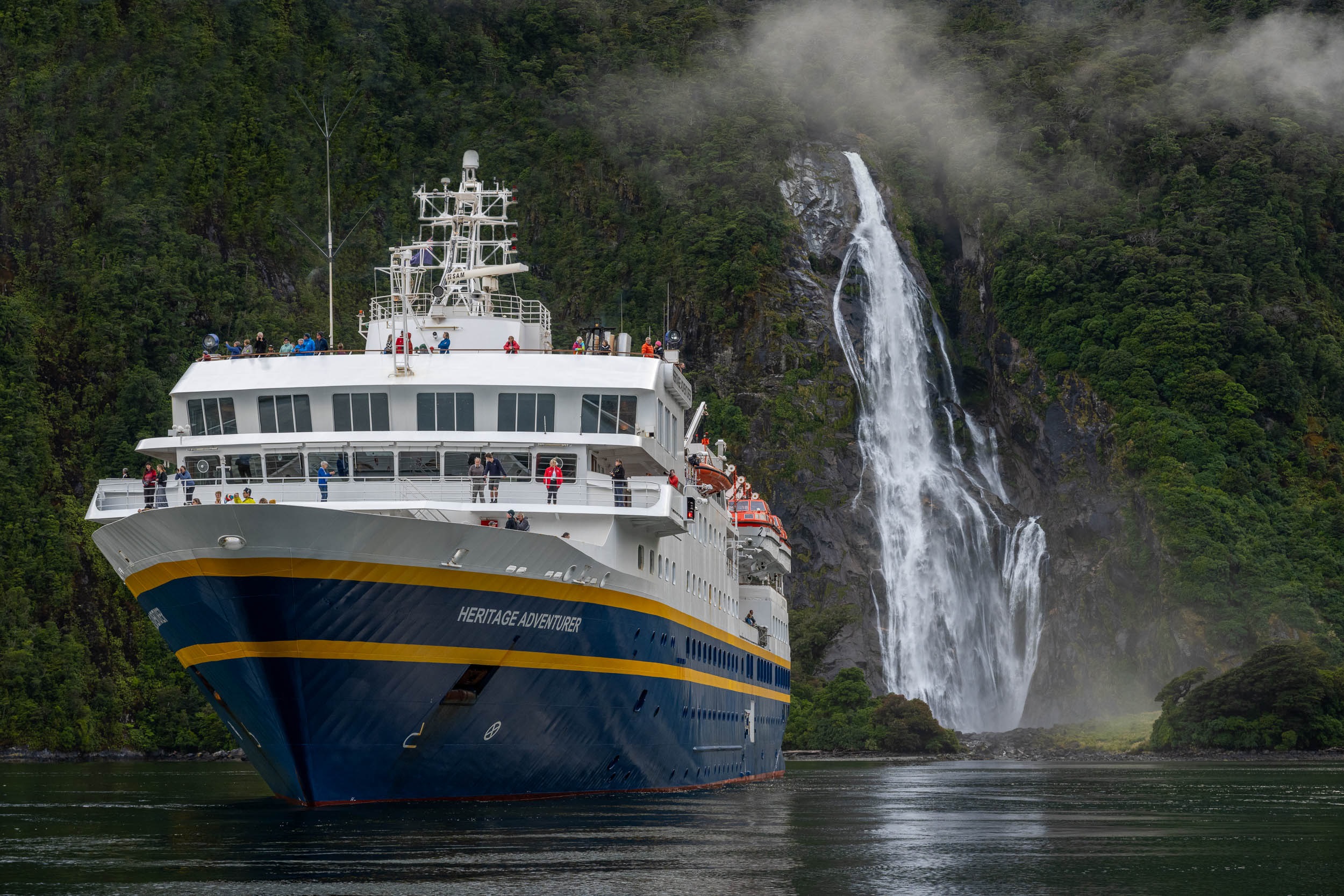
Ship Overview
Heritage Adventurer is a true pioneering expedition vessel of exceptional pedigree. Often referred to as the 'Grande Dame of Expedition Cruising' due to her celebrated history and refined design, she was purpose-built for adventure in 1991 at Finland's Rauma shipyard and specifically designed for Polar exploration.
Setting a peerless standard in authentic expedition travel, Heritage Adventurer (formerly known as MS Hanseatic) combines the highest passenger ship iceclass rating (1A Super) with an impressive history of Polar exploration. Having held records for the most northern and southern Arctic and Antarctic navigations, and for traversing both the Northwest and Northeast Passages, makes Heritage Adventurer perfect for pioneering New Zealand-based Heritage Expeditions signature experiential expedition travel.
Originally designed to accommodate 184 guests, Heritage Adventurer now welcomes just 140 expeditioners ensuring spacious, stylish and comfortable voyages, while a fleet of 14 Zodiacs ensures all guests are able to maximise their expedition adventure. Heritage Adventurer proudly continues our traditions of exceptional, personalised expedition experiences as Heritage Expeditions flagship.
Ship Details
Ship Name:
Heritage Adventurer
Draft:
4.97 metres
Shipyard:
Rauma, Finland
Year Built:
1991
Maximum Speed:
15 knots
Gross Tonnage:
8,378gt
Engines:
3,940 horsepower (x2)
Length:
124 metres
Zodiacs:
14
Beam:
18 metres
Classification:
Lloyds 1AS, GL E4
Cruising Speed:
12 knots
Accommodation:
140 guests
Range:
8,600 nautical miles
Deck Plans
Deck Plan
Deck Plan
What's Included
-
Pre/post cruise transfers
Transfers to and from the cruise are included.
-
One night hotel accommodation in a twin share room (incl. dinner/breakfast)
One night hotel stay in a twin share room with dinner and breakfast included.
-
All on board ship accommodation with meals
Accommodation on the ship with all meals included.
-
House beer
House beer is included.
-
Wine and soft drinks with lunch and dinner and all expedition shore excursions
Wine and soft drinks are provided with lunch and dinner, and all expedition shore excursions are included.
-
Programme of lectures by noted naturalists
A programme of lectures by noted naturalists is included.
-
Zodiac cruising
Zodiac cruising along the coast of The Snares is included.
What's Not Included
-
Kayaking
Kayaking is not included.
-
All items of a personal nature
Personal items are not included.
-
Laundry
Laundry services are not included.
-
Drinks
Drinks other than house beer, wine, and soft drinks with lunch and dinner are not included.
-
Gratuities
Gratuities are not included.
-
International/domestic flights
International and domestic flights are not included.
-
Visas and travel insurance
Visas and travel insurance are not included.
Mode of Transport
The tour includes pre/post cruise transfers and all expedition shore excursions. Guests will embark on a ship from the Port of Bluff and sail through various islands, with opportunities for Zodiac cruises along the coast.
Accommodation
Enjoy one night hotel accommodation in a twin share room with dinner and breakfast included, followed by all on board ship accommodation with meals, house beer, wine, and soft drinks with lunch and dinner.
Check out our Q&As
-
What kind of wildlife can I expect to see on this tour?
During the tour, you can expect to see a variety of wildlife including different species of albatross such as the Wandering Albatross, Royal Albatross, and Black-browed Albatross. You may also encounter petrels, cormorants, gulls, Little Blue Penguins, and the rare Hooker's or New Zealand Sea Lion. On Enderby Island, you might see the Southern Royal Albatross, Auckland Island Shag, and Yellow-eyed Penguin among others. ...more ...less
-
Are there any educational components included in the tour?
Yes, the tour includes a programme of lectures by noted naturalists, providing educational insights into the flora, fauna, and history of the regions visited.
-
What activities are available during the visit to Campbell Island?
On Campbell Island, you will have the opportunity to explore the island through various walks, including an extended walk to Northwest Bay and an easier walk to the Col Lyall Saddle. These activities allow you to enjoy the island's unique flora and fauna, including the Southern Royal Albatross and the island's renowned megaherbs. ...more ...less
-
What is the significance of the Auckland Islands in terms of wildlife?
The Auckland Islands are significant for their outstanding wildlife and birding opportunities. Enderby Island, in particular, is known for its diverse bird species and is a breeding area for the Hooker's or New Zealand Sea Lion. The islands have been cleared of introduced pests, allowing native birds and vegetation to recover and thrive. ...more ...less
-
What can I expect during the visit to The Snares?
During the visit to The Snares, you will not be able to land, but you will have the opportunity to Zodiac cruise along the sheltered eastern side of the main island. You can expect to see the endemic Snares Crested Penguin, Snares Island Tomtit, and Fernbirds, as well as large numbers of Sooty Shearwaters and Buller's Albatross. ...more ...less
-
What is the historical significance of Carnley Harbour in the Auckland Islands?
Carnley Harbour is rich in human history, including shipwrecks, treasure hunters, and Coastwatchers. It was also the site where the Grafton was wrecked in 1864, and the survivors lived there for 18 months before seeking help. The area offers opportunities to explore historical sites such as the Tagua Bay Coastwatcher's hut and the remains of the Grafton.
-
What fitness level is required?
Guests are required to have a reasonable level of fitness in order to participate in landings. While not strenuous, travellers who participate on excursions must be able to climb a ship-side gangway, get in and out of Zodiacs and be able to stand unaided. Each landing and excursion caters to all fitness levels ranging from easy to challenging, ultimately each guest is able to decide how active or relaxing their voyage is.
-
Is any clothing included?
Thermally-insulated Muck Boots are provided for use on all our Southern Ocean voyages while guests travelling to the Ross Sea are supplied with an Antarctic grade jacket during their time in Antarctica.
-
What policies are in place for Covid-19?
Please contact us for our latest Covid-19 policies
-
Is there a doctor on board?
Yes, on Heritage Adventurer there is an on board doctor with a small infirmary and on many voyages a First Responder will travel with guests on excursions. Heritage Explorer does not have a doctor on board, however our crew are trained in first aid.
-
Are drinks included?
Yes, house wine, beer and soft drinks are included with lunch and dinner on all Heritage Expeditions voyages. Complimentary drinks can also be enjoyed during special events on board while bar purchases can also be charged to your stateroom.
-
What Ethical Travel credentials does the tour company have?
Travelling with Heritage Expeditions is to travel responsibly. As biologists and ornithologists, we are intimately aware of the many issues that confront animals and their habitats, the world's oceans and isolated ethnic groups. We also take action: we actively contribute to the conservation of the places we visit in several ways; we 'buy local' and employ locally; we make sure that travellers are respectful of local customs and traditions; and we dispose of waste responsibly.
-
Is there a gym on board?
Yes, Heritage Adventurer has a gym, pool, sauna, Jacuzzi and Spa on Deck 7. While there is no gym on Heritage Explorer, guests have plenty of opportunity to stretch their legs on shore or take the kayaks out, weather permitting.
-
What is the onboard currency?
Heritage Adventurer operates in US$ while Heritage Explorer is NZ$.
-
Does a single supplement apply?
Heritage Adventurer has 20 dedicated single cabins (12 x Main Deck Single Staterooms on Deck 3 and 8 x Superior Single Staterooms on Deck 5). Heritage Adventurer also has the option of guests sharing in our Main Deck Triple (Deck 3) and Superior Triple (Deck 5) Staterooms. There may also be the option to share a Deck 4 or Deck 5 Superior Stateroom with another solo-travelling guest of the same gender. Heritage Explorer has 2 dedicated single cabins, Wandering, and if these are booked there may be availability to book a Salvin’s Twin/Double or Buller’s as a single at 1.8 times the published per person rate.
-
How long has the tour company been trading?
Heritage Expeditions was formed in 1985.
-
Is there Wi-Fi on board?
Yes, there is Wi-Fi available on both ships. Heritage Adventurer has a connection via satellite and vouchers can be purchased from reception. Wi-Fi is included on Heritage Explorer.
-
Are all excursions included?
Yes, all standard excursions are included in the voyage cost. All you will need to pay for on board is anything of a personal nature, laundry, drinks and gratuities.
Reviews of this operator
1 Select your preferred date
Book with Confidence
-
Low Deposit
Heritage Expeditions requires a minimum deposit of 25% or the full booking value, whichever is less, with the final balance not due until 90 days before departure.
-
Cancellation Policy
We don't charge a cancellation fee, here is a summary of heritage expeditions charges.
Up to 91 days before tour starts: Forfeit 100% of deposit.
At 90 days before tour starts: Forfeit 100% of booking price.
Forgotten Islands of the South Pacific
8 Days Starting and ending in Queenstown, New Zealand
Visiting: Queenstown, Invercargill, Port of Bluff, Ruapuke Island, Stewart Island, Bluff, Campbell Island, Auckland Islands, Carnley Harbour, Adams Island, Port Ross, Enderby Island, Sandy Bay, Derry Castle Reef, The Snares, Ulva Island ...more ...less
Tour operator:
Ship Name:
Heritage AdventurerGuide Type:
Fully Guided
Ship Capacity:
Age range:
18-99
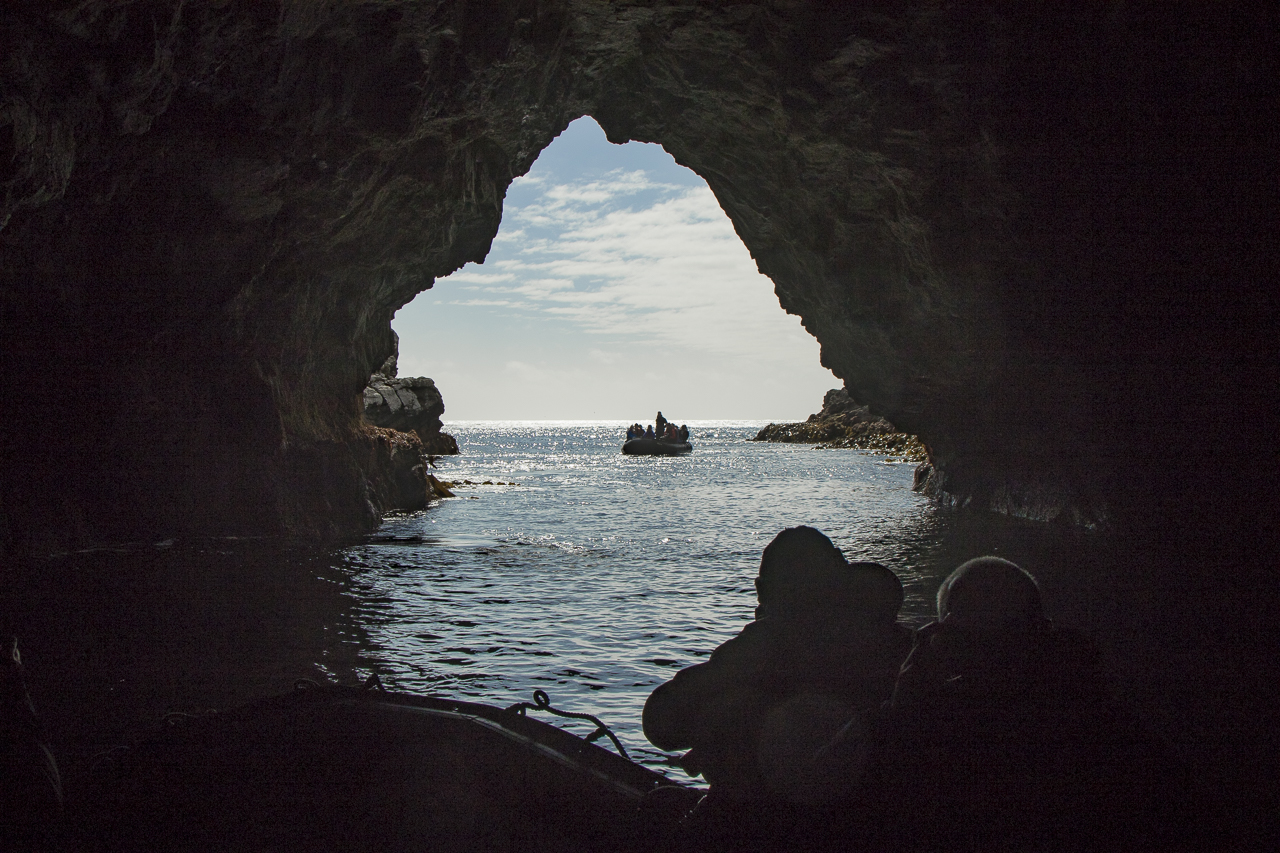
_kovsyanikova__(9).jpg)

_(1).jpg)
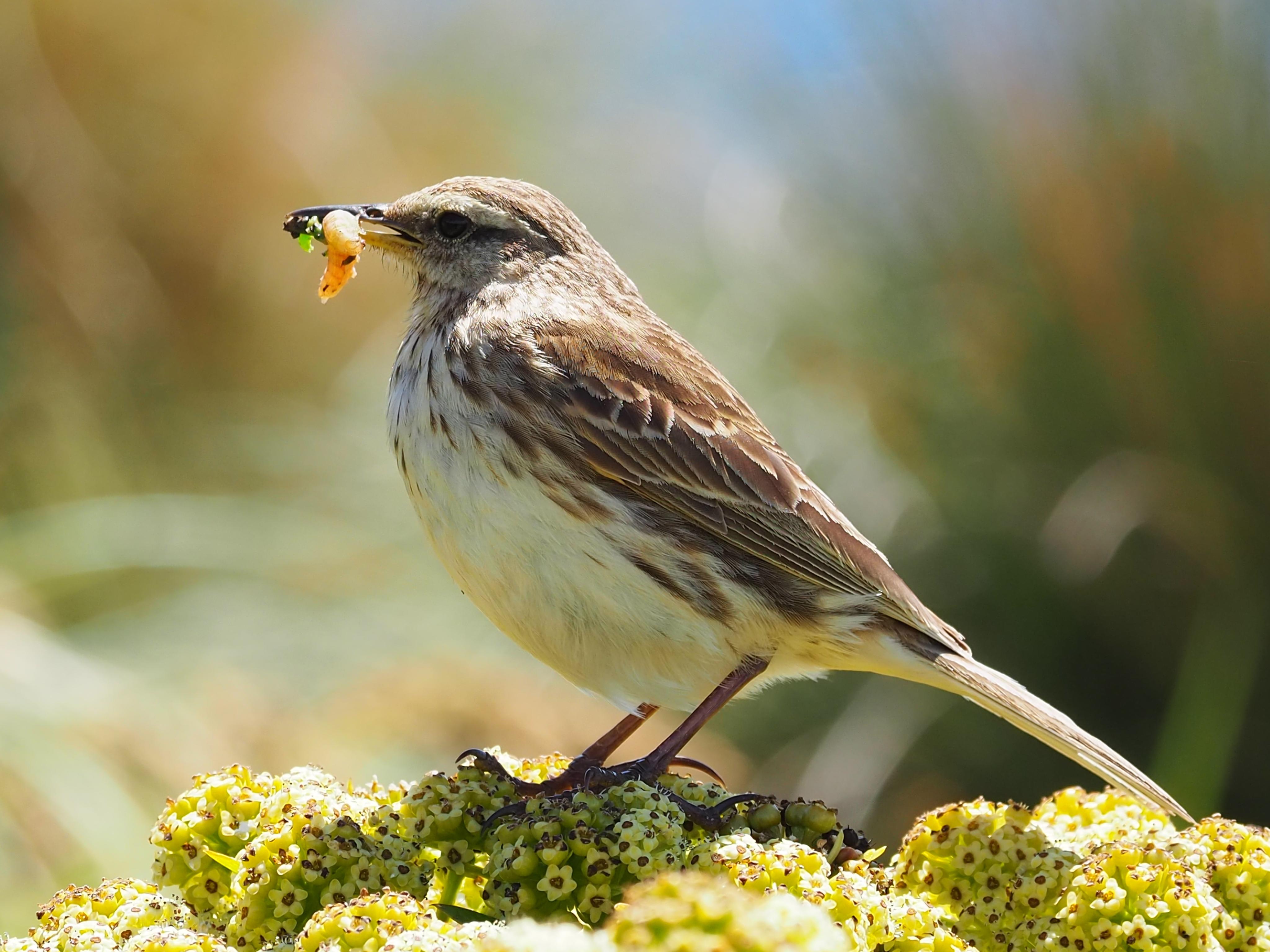
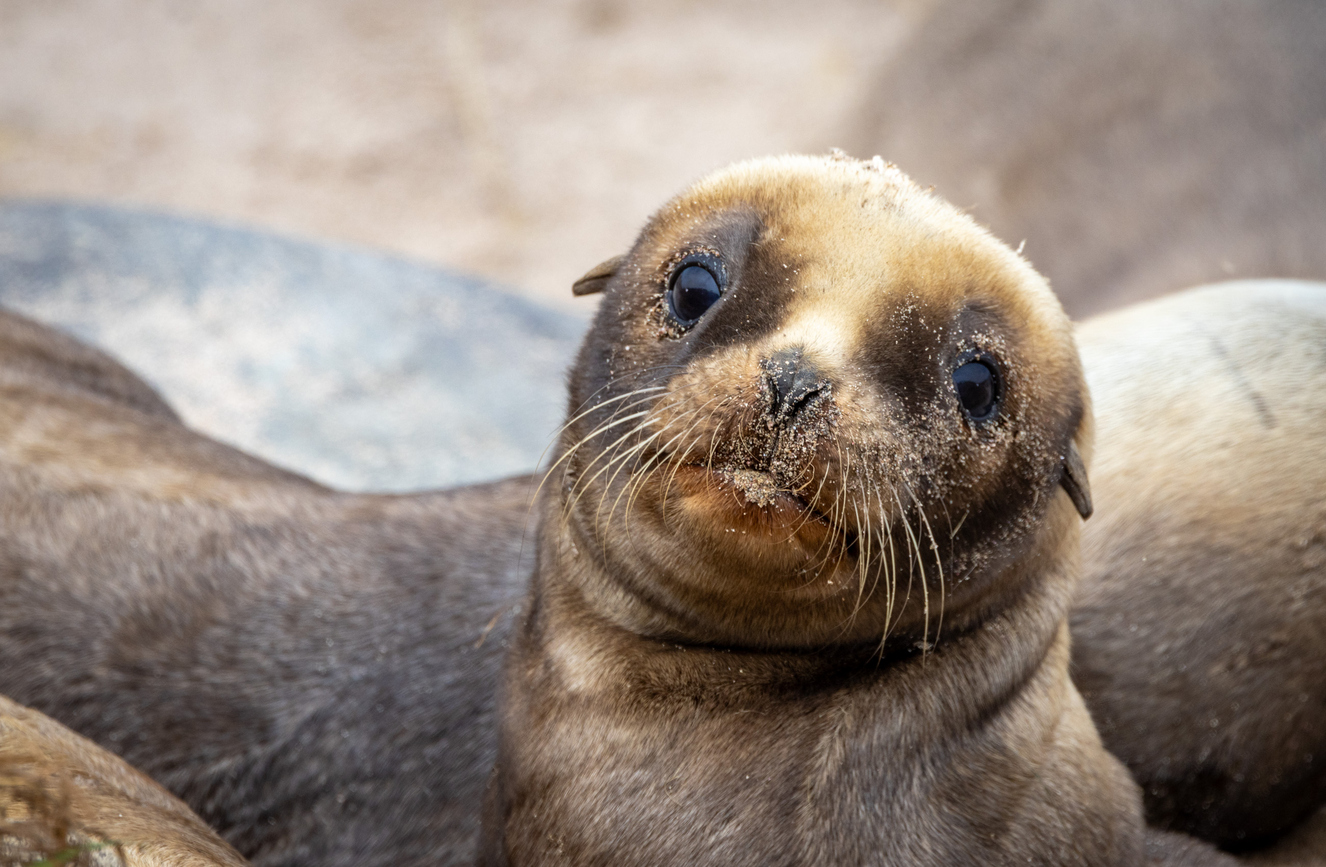
_(1).jpg)
_(1).jpg)
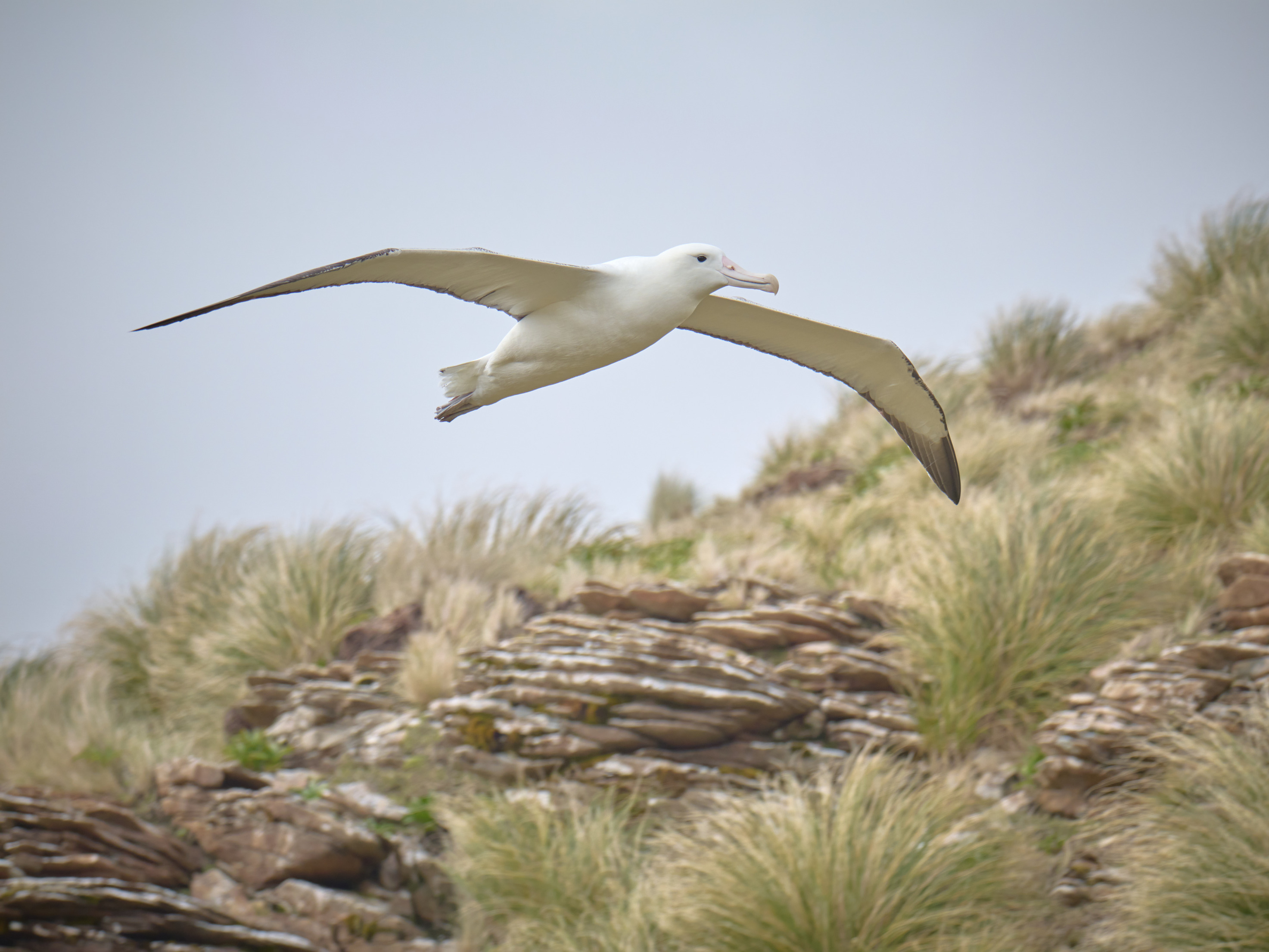

_ebell_forgotten_islands_2_(custom).jpg)
_ebell_forgotten_islands_5_(custom).jpg)
_ebell_forgotten_islands_3_(custom).jpg)

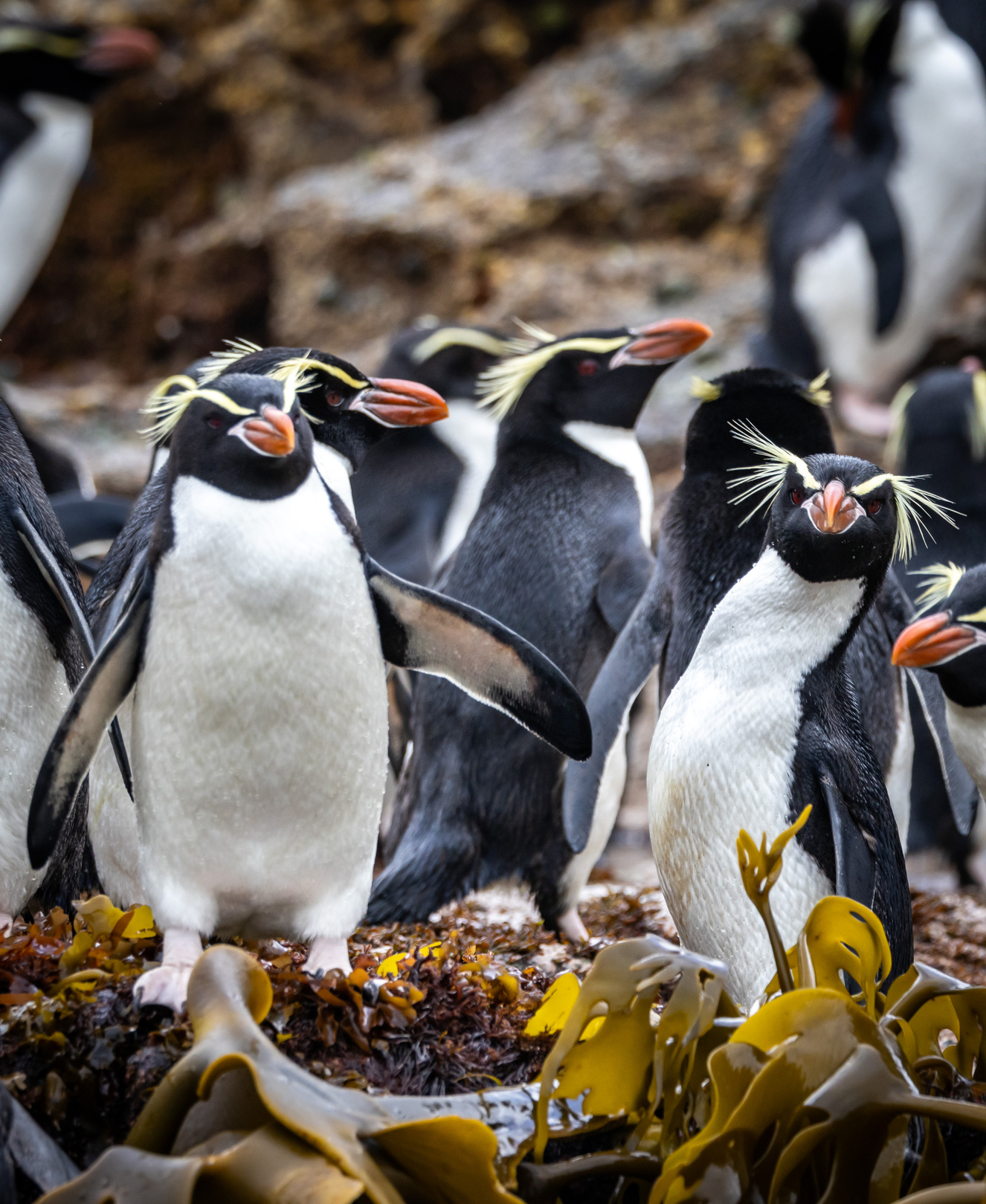
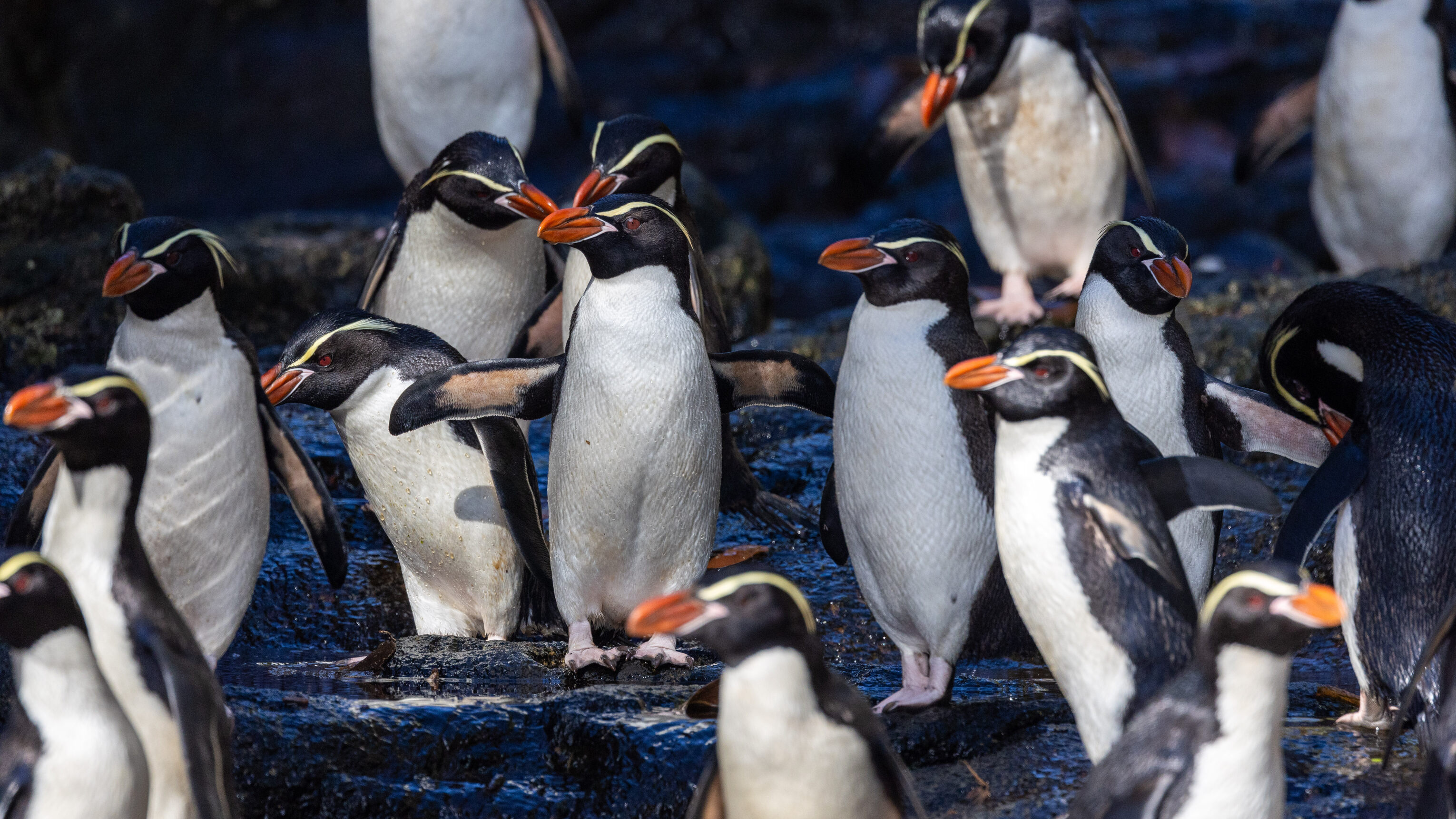
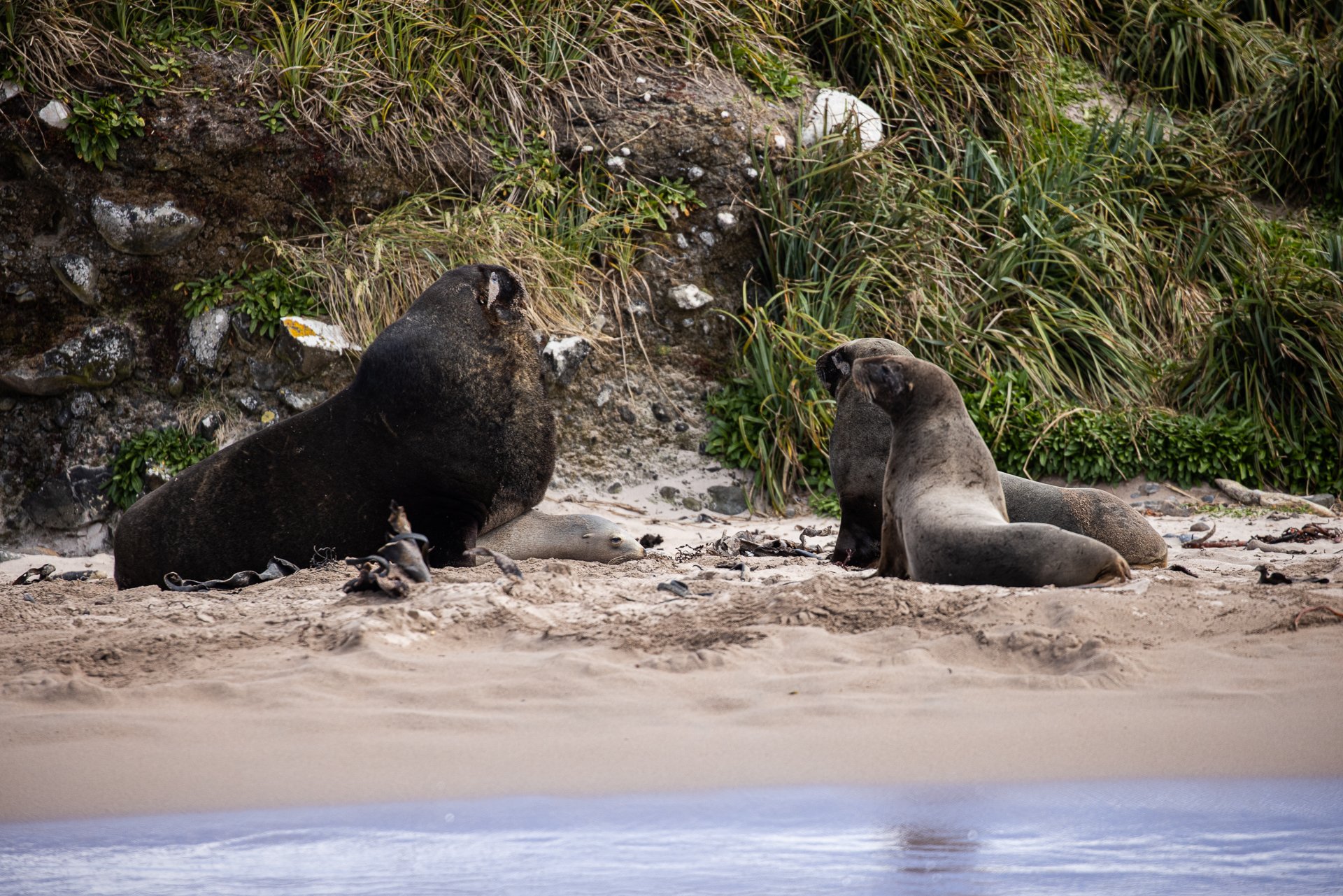

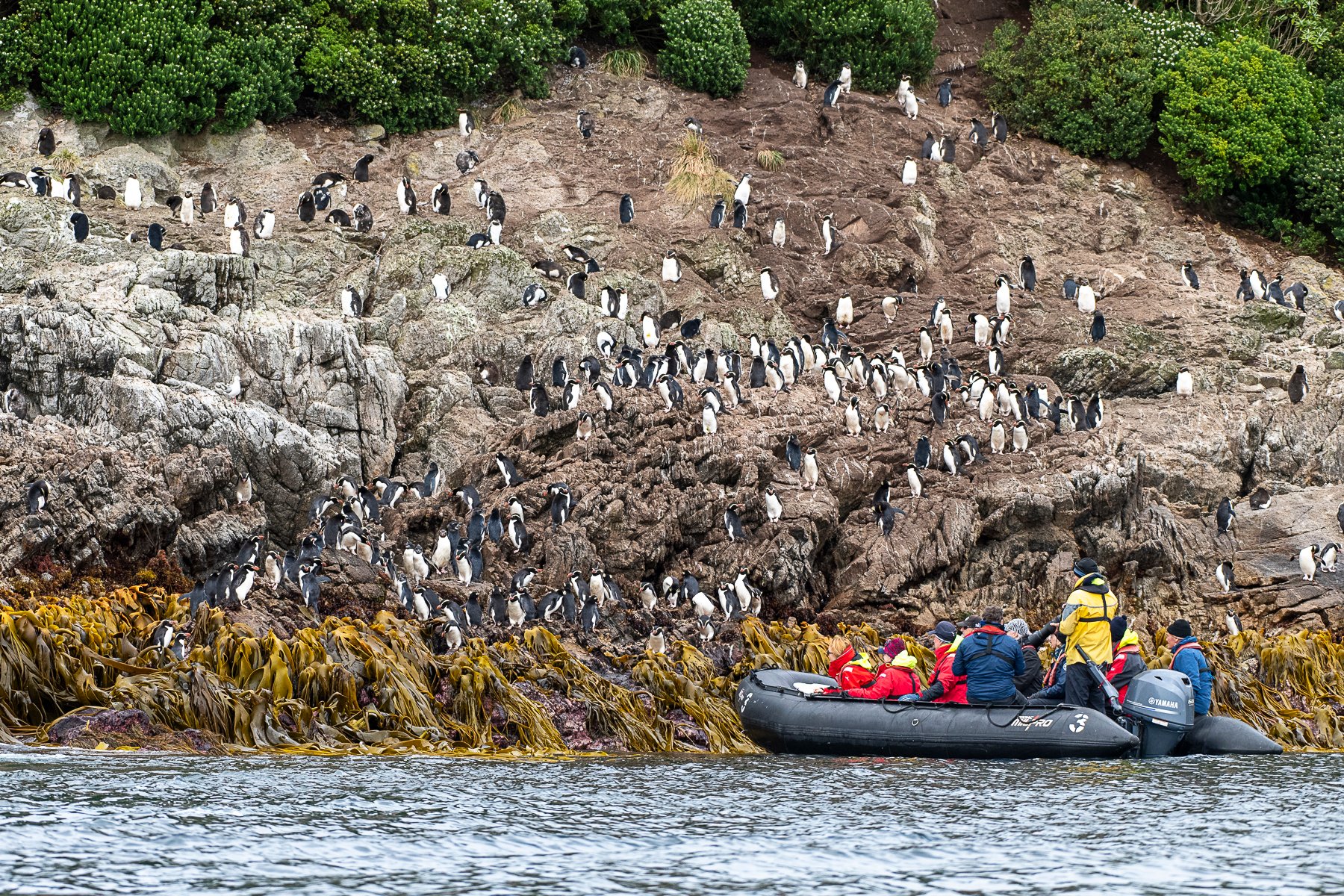
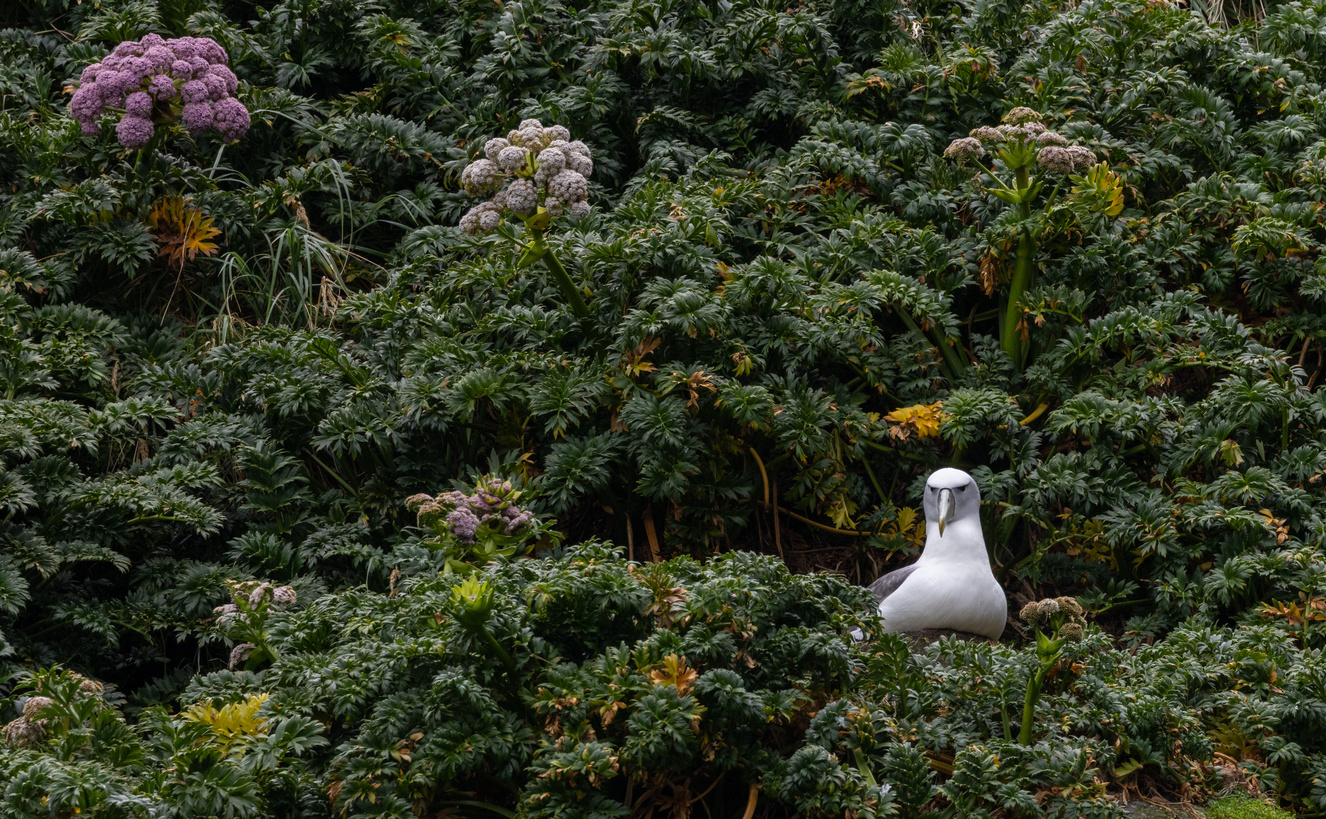
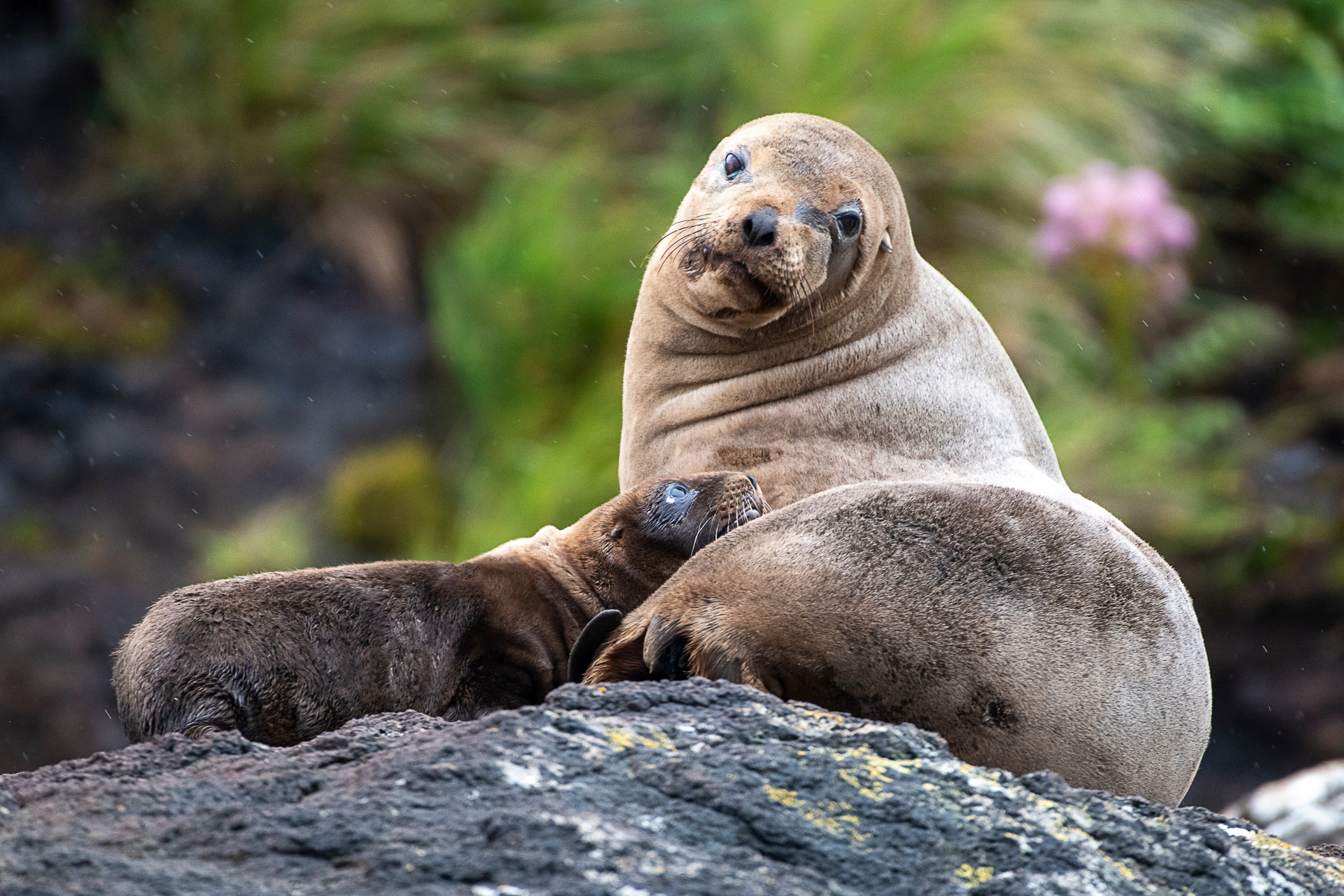
_kovsyanikova_forgotten_islands_4_(custom).jpg)

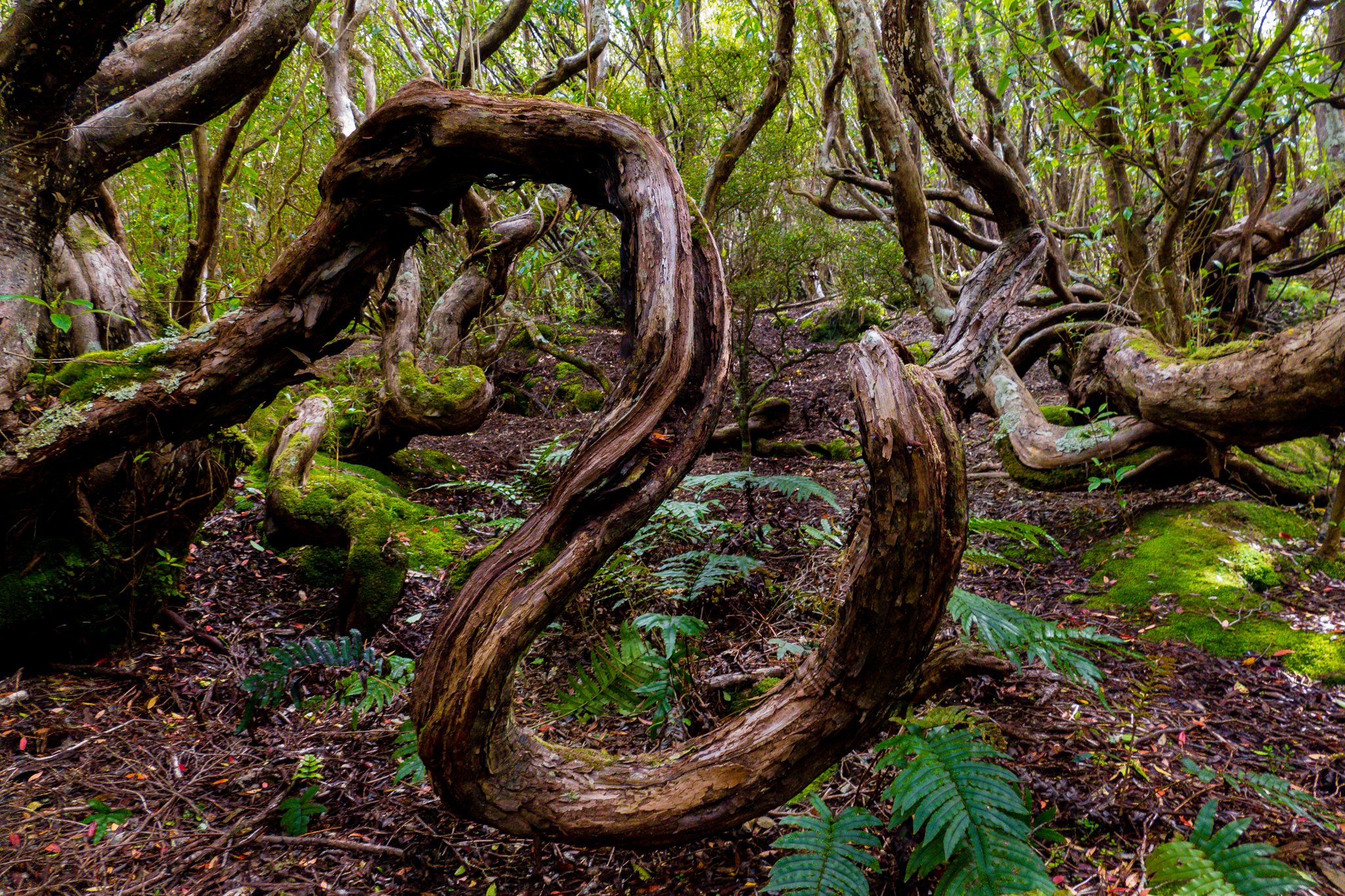

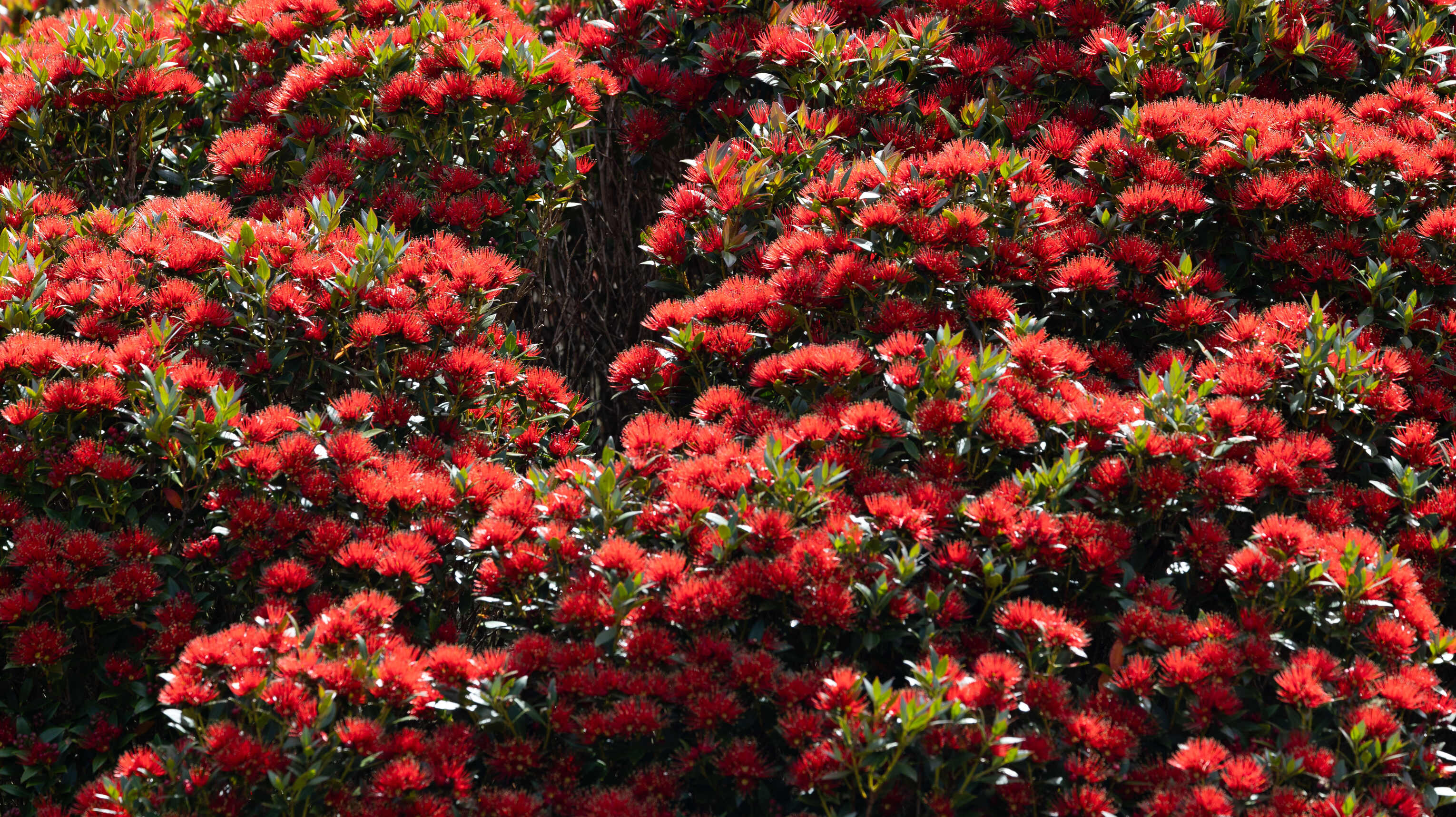




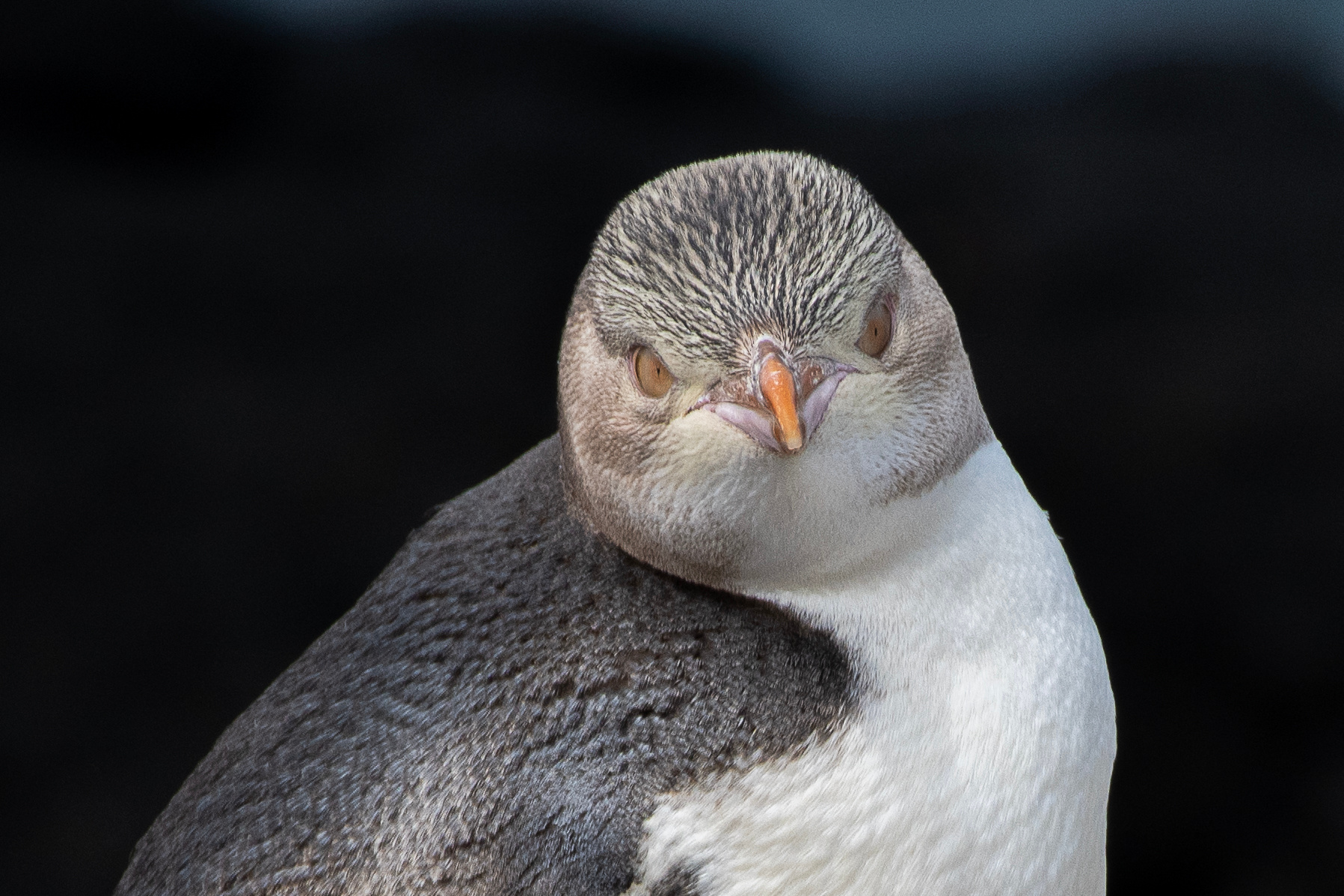
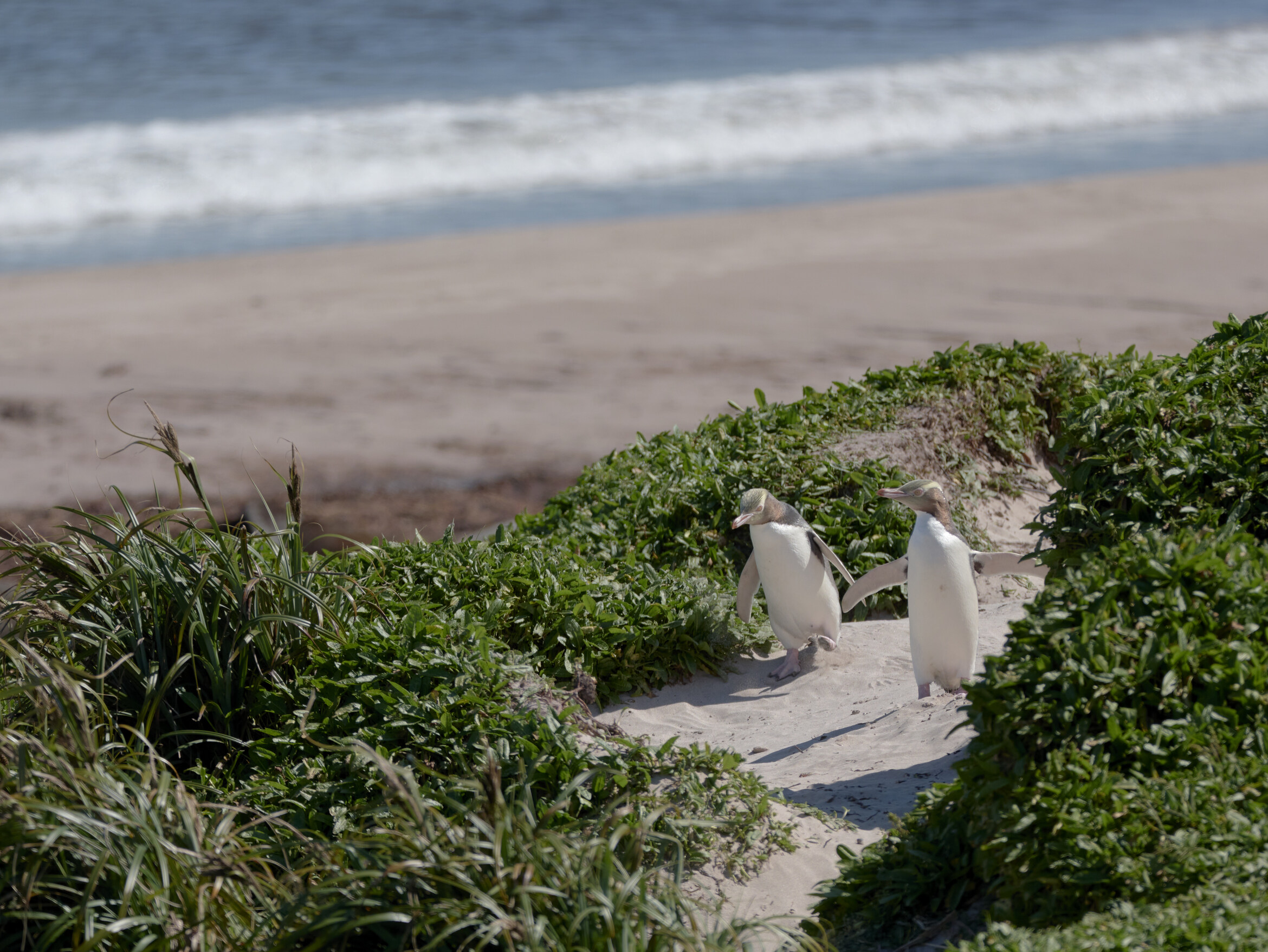
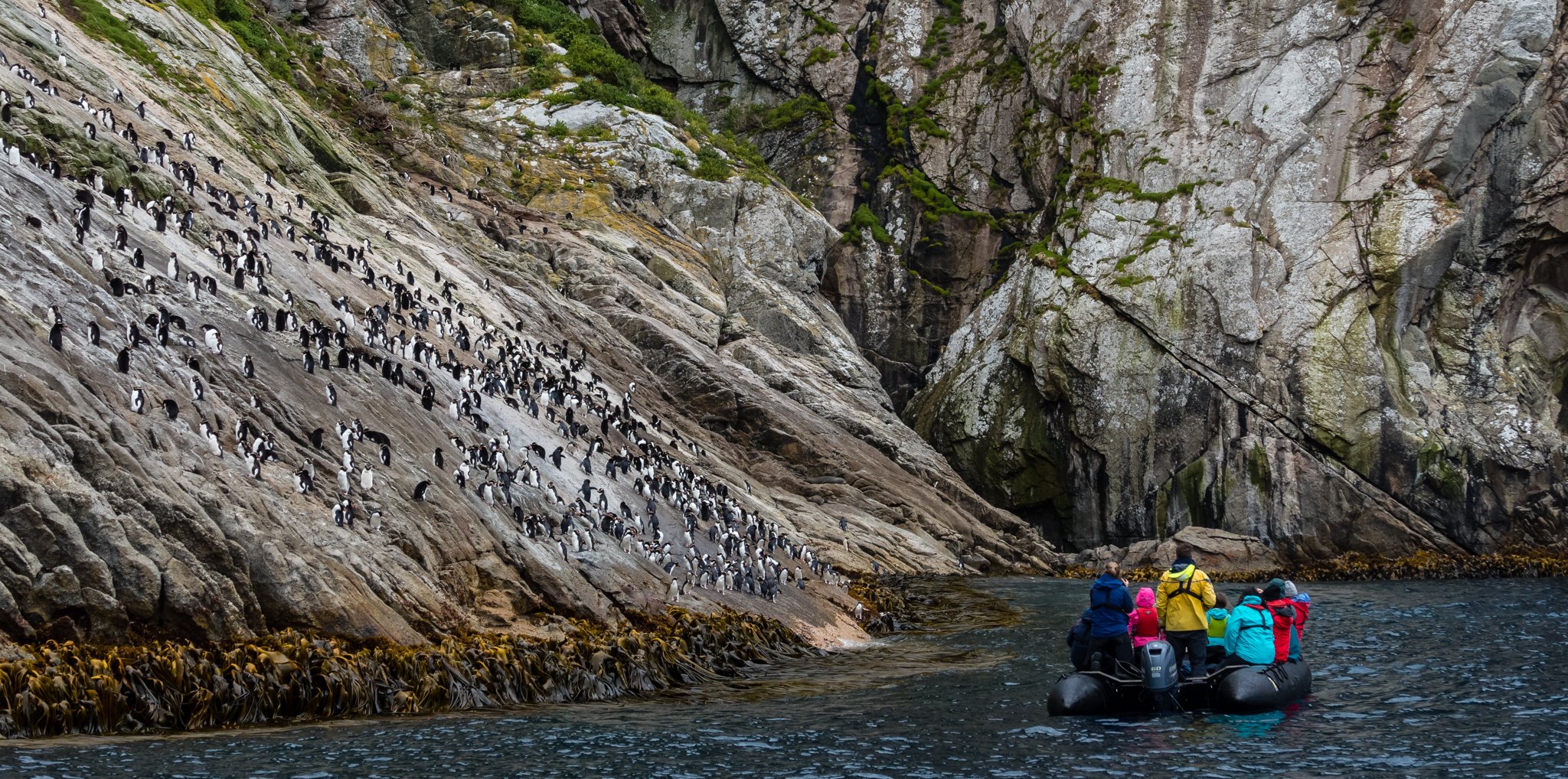
.jpg)

_kovsyanikova_forgotten_islands_12_(custom).jpg)
_kovsyanikova_forgotten_islands_13_(custom).jpg)
_kovsyanikova__(6).jpg)
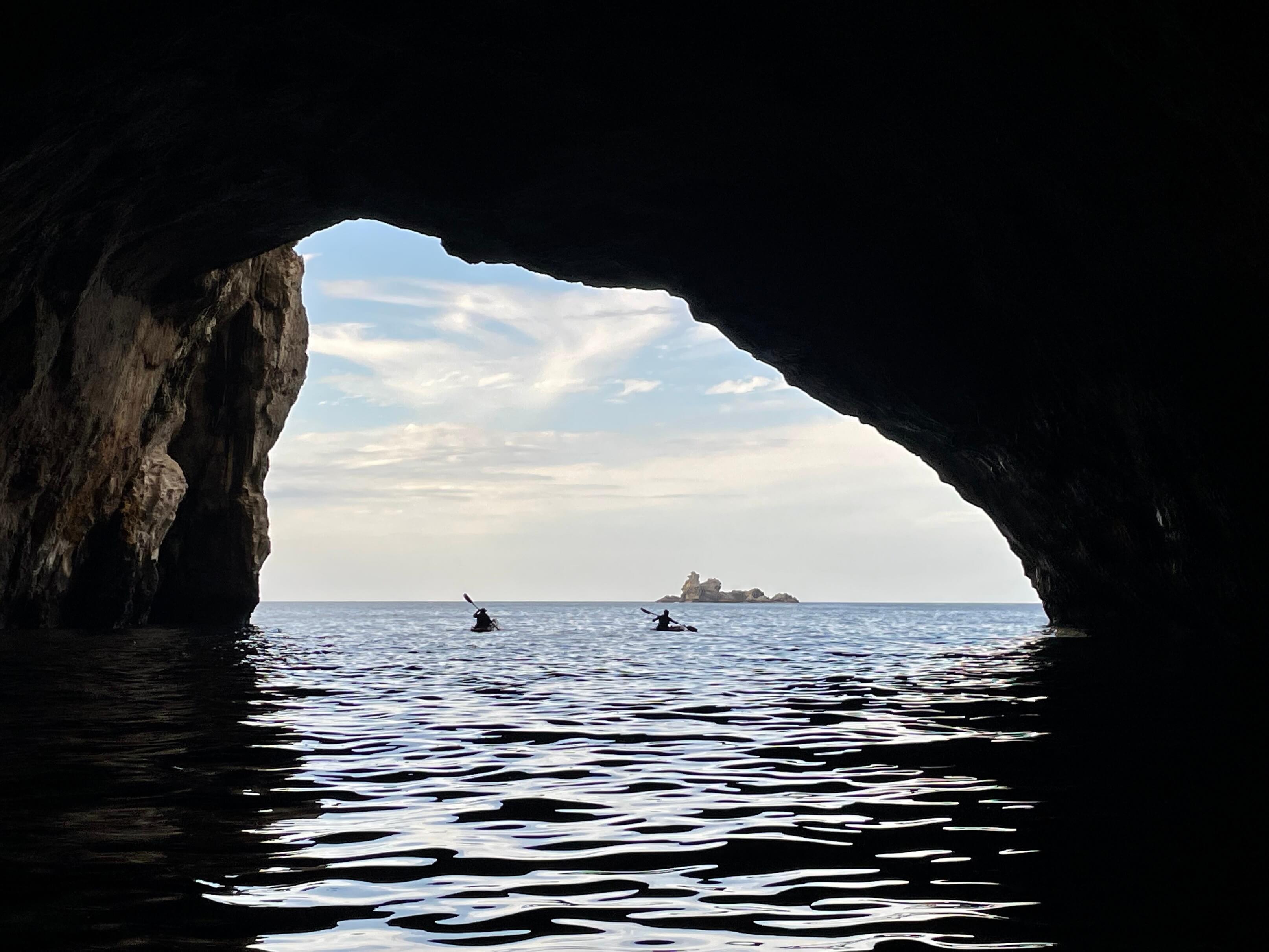
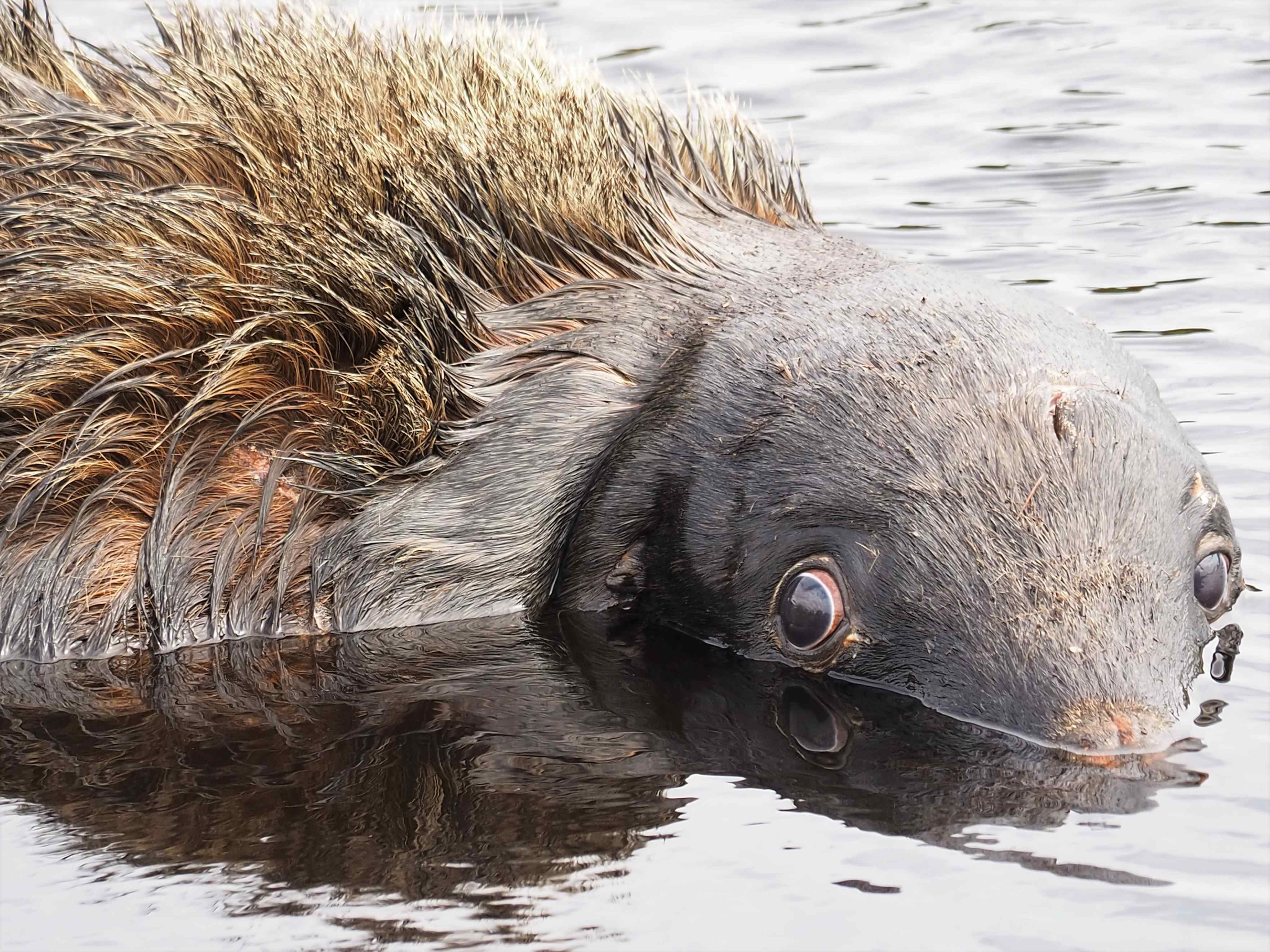
.jpg)

_ebell_forgotten_islands_8_(custom).jpg)
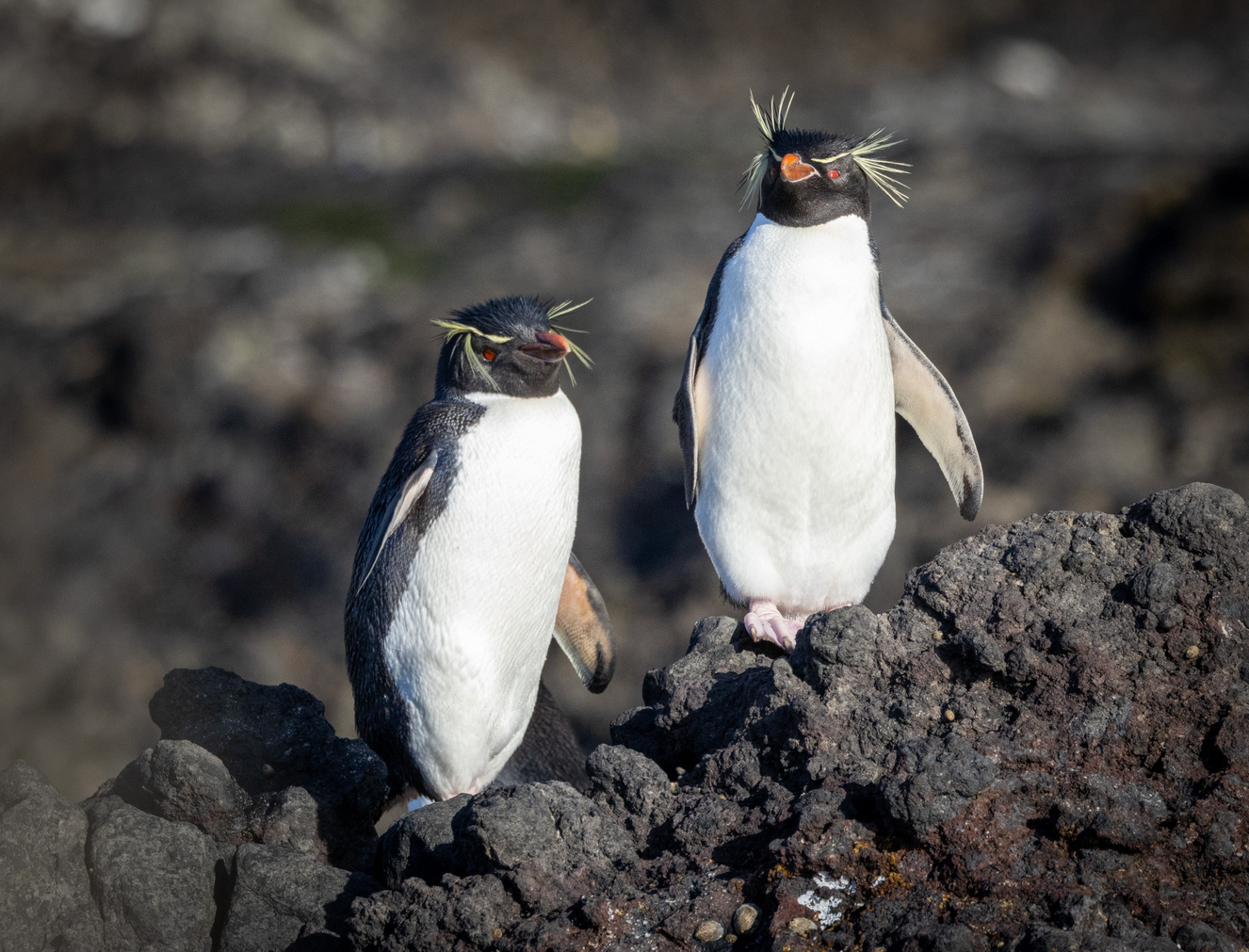

.jpg)
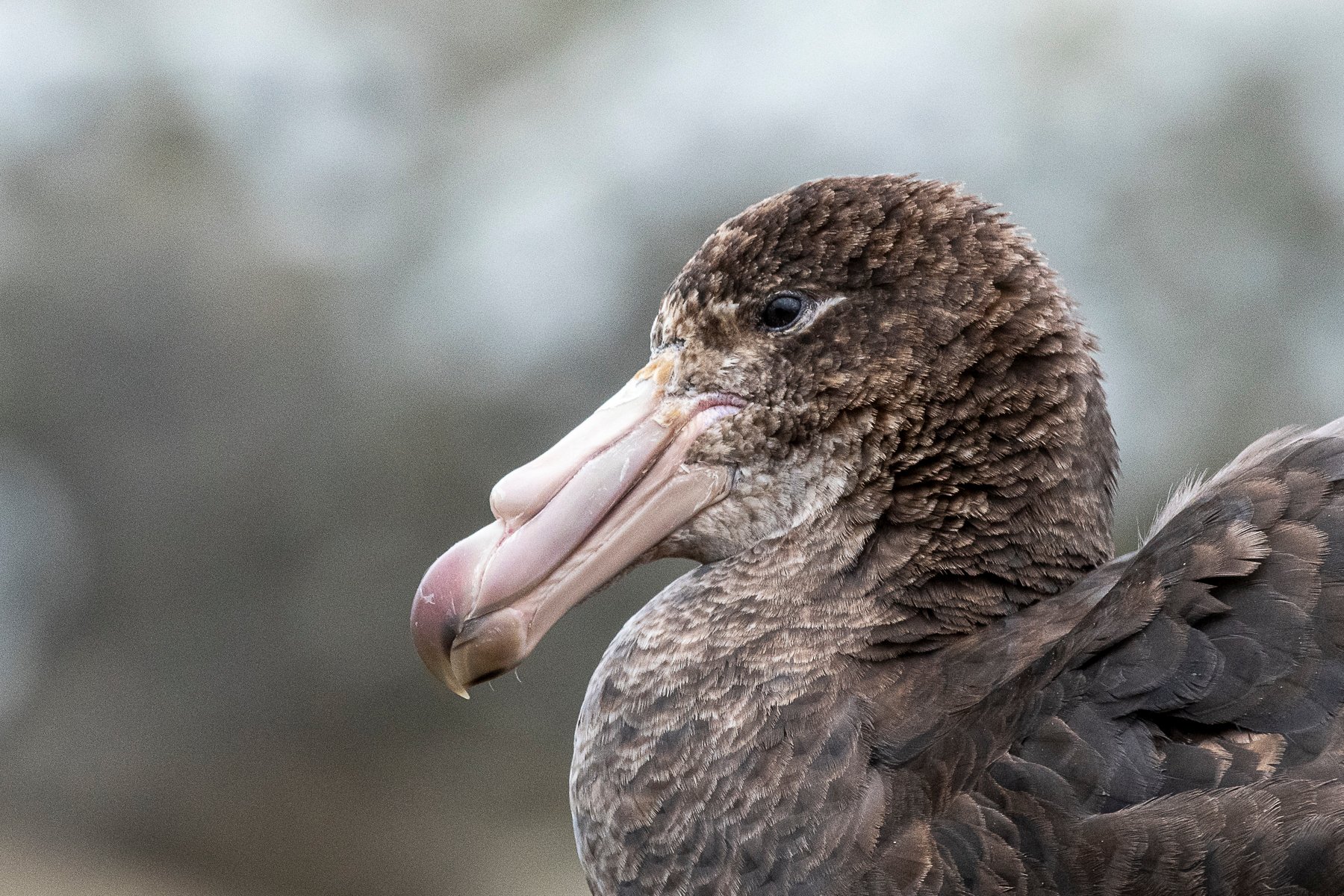
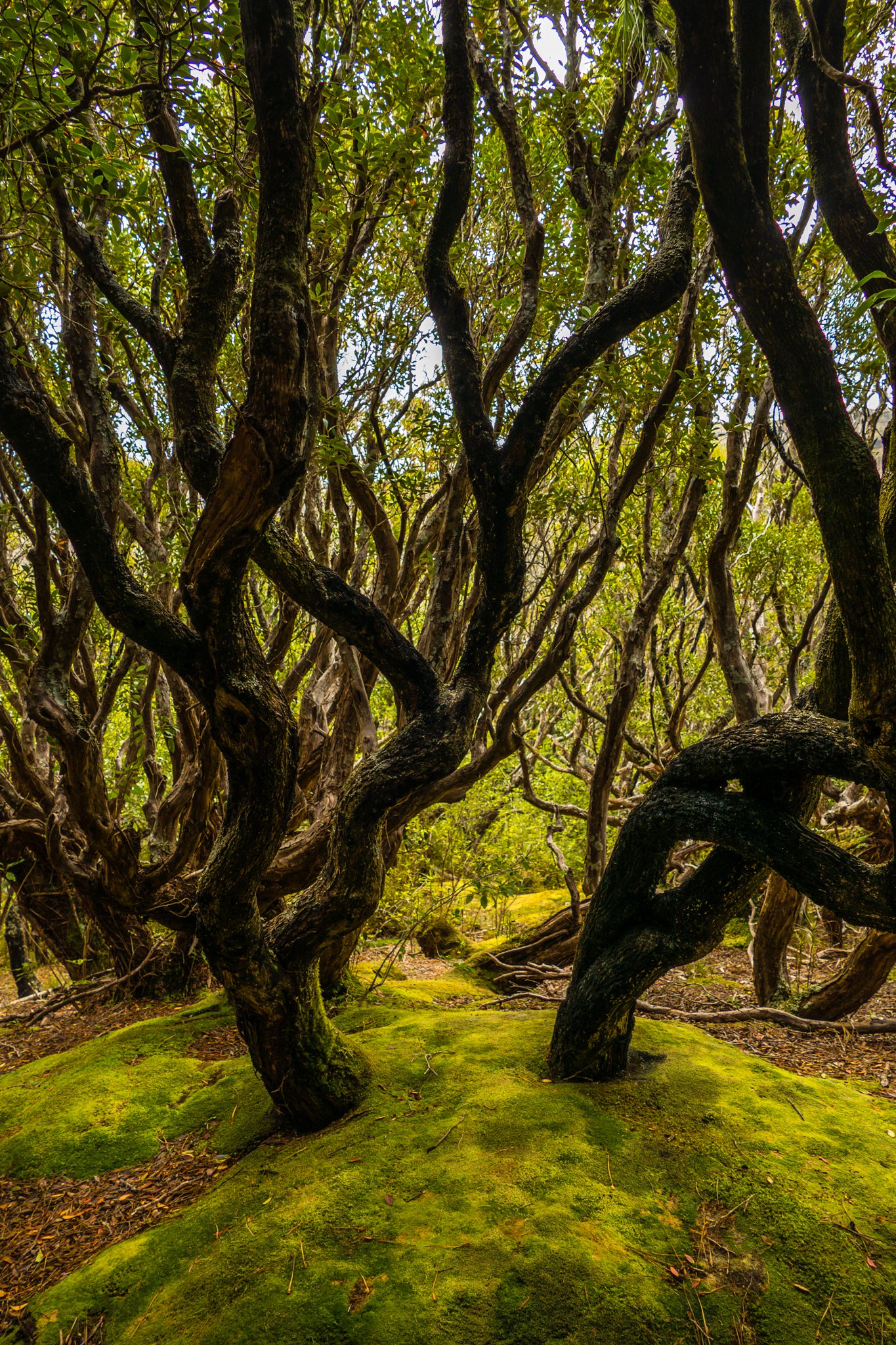
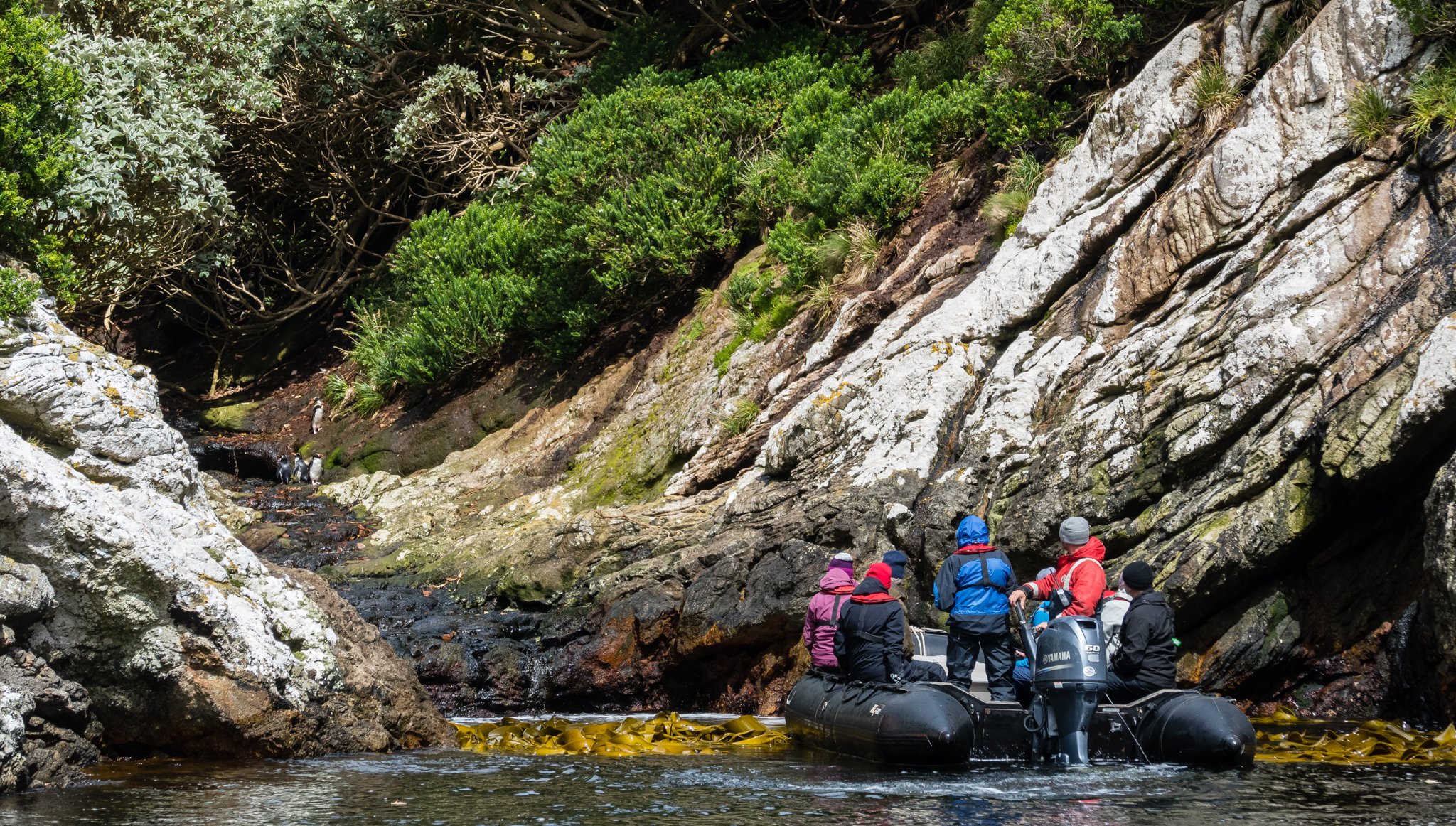
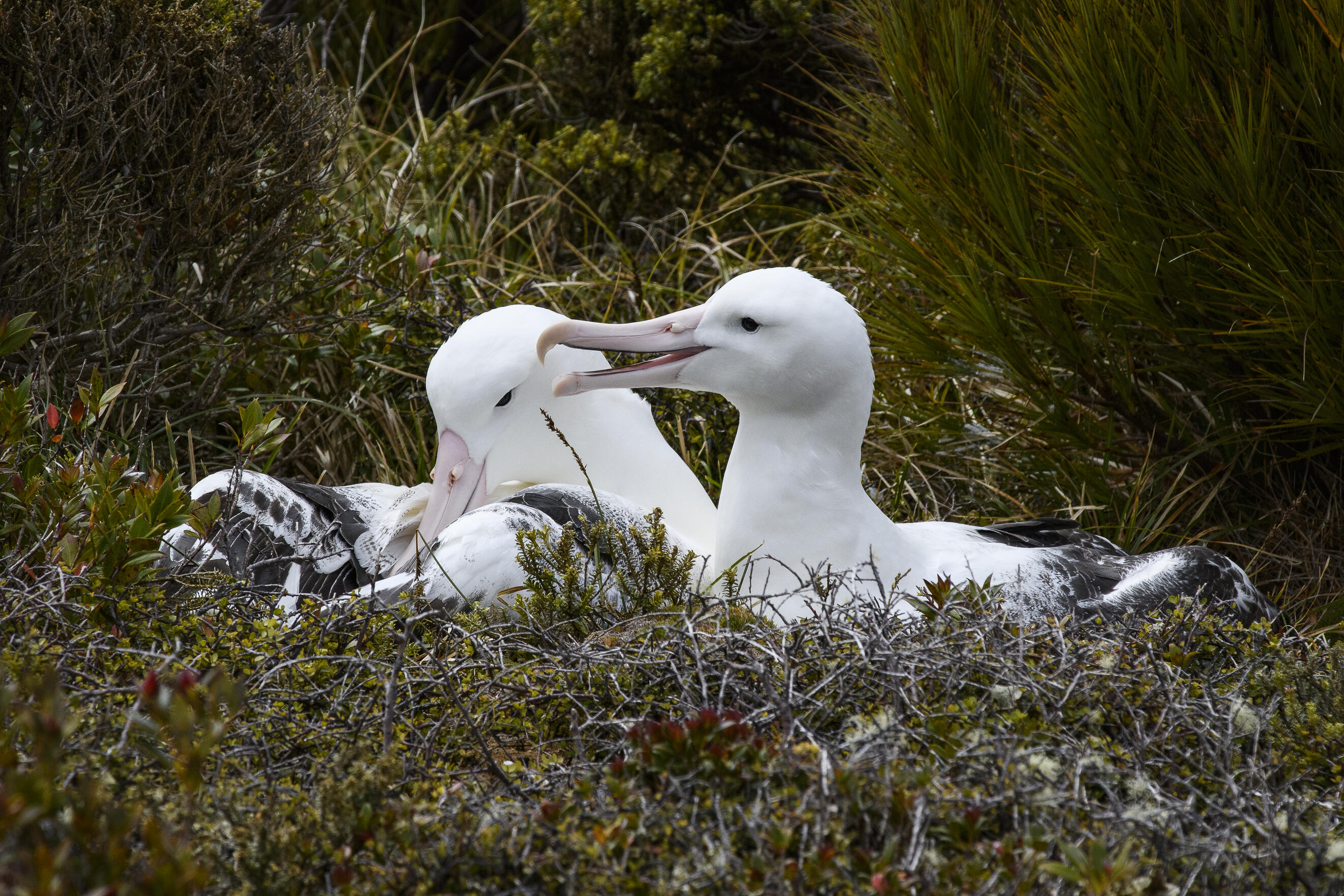
_kovsyanikova__(8).jpg)
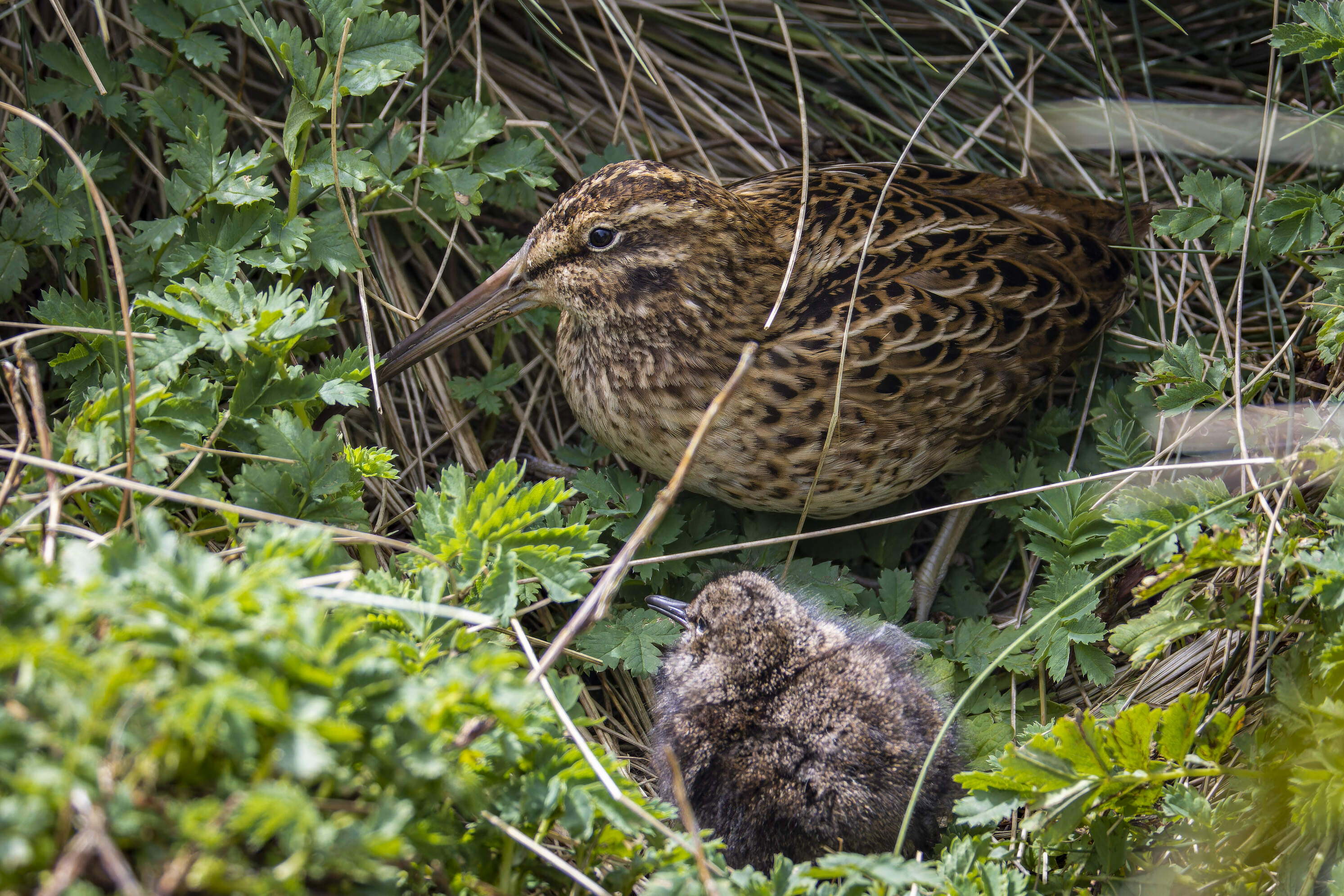


_kovsyanikova_forgotten_islands_5_(custom).jpg)
_(2).jpg)

_kovsyanikova_forgotten_islands_9_(custom).jpg)
_kovsyanikova_forgotten_islands_3_(custom).jpg)
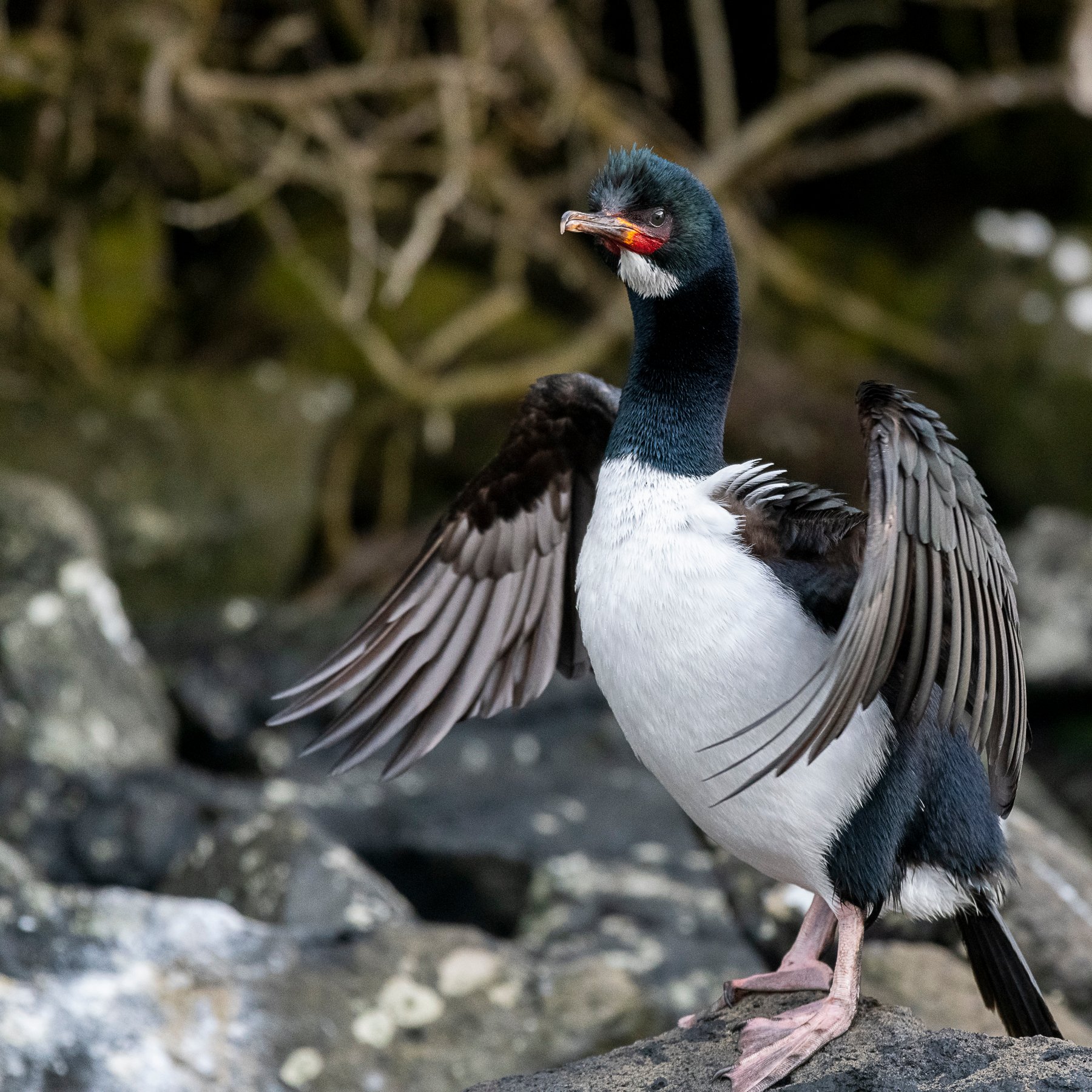
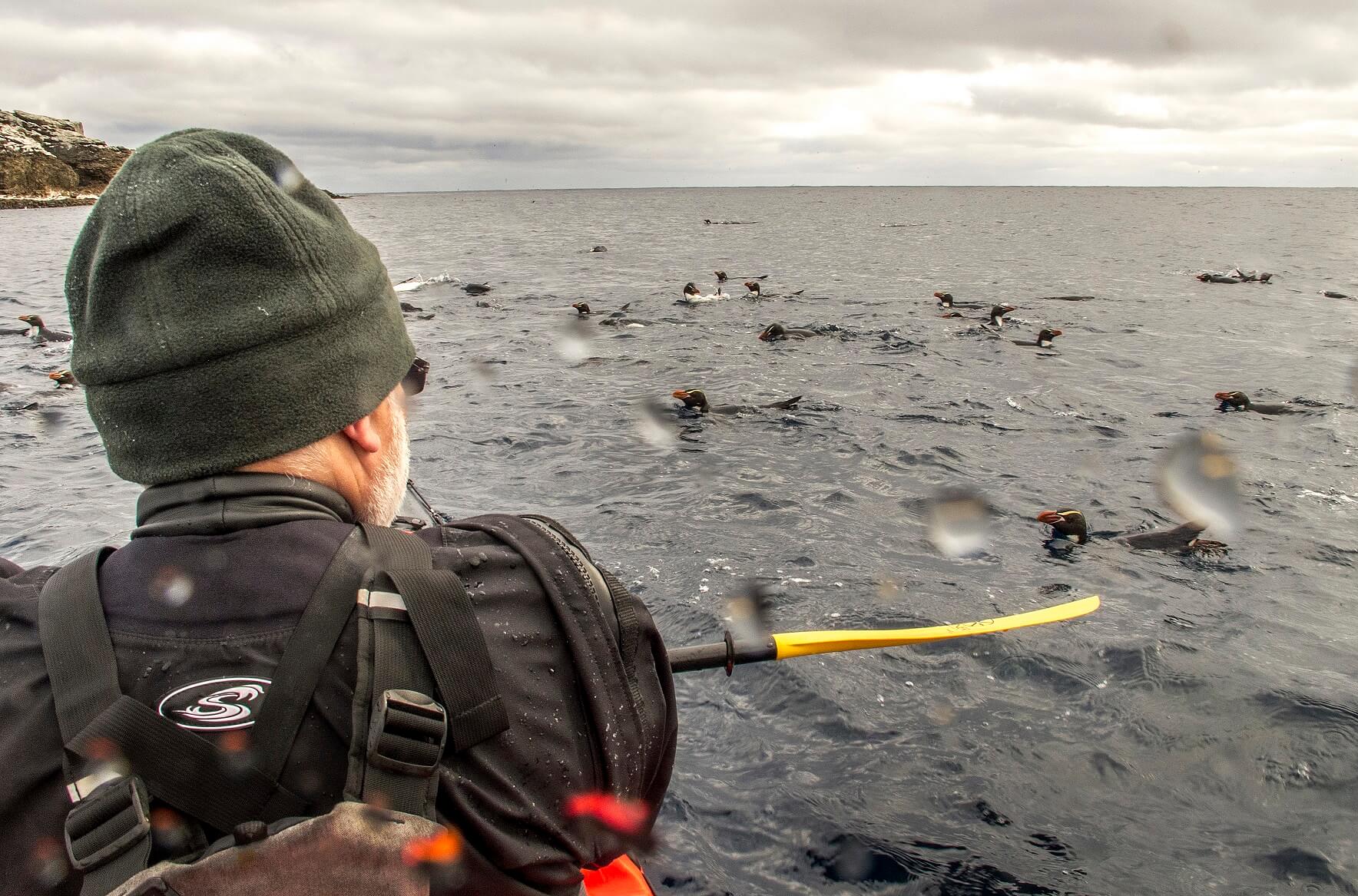
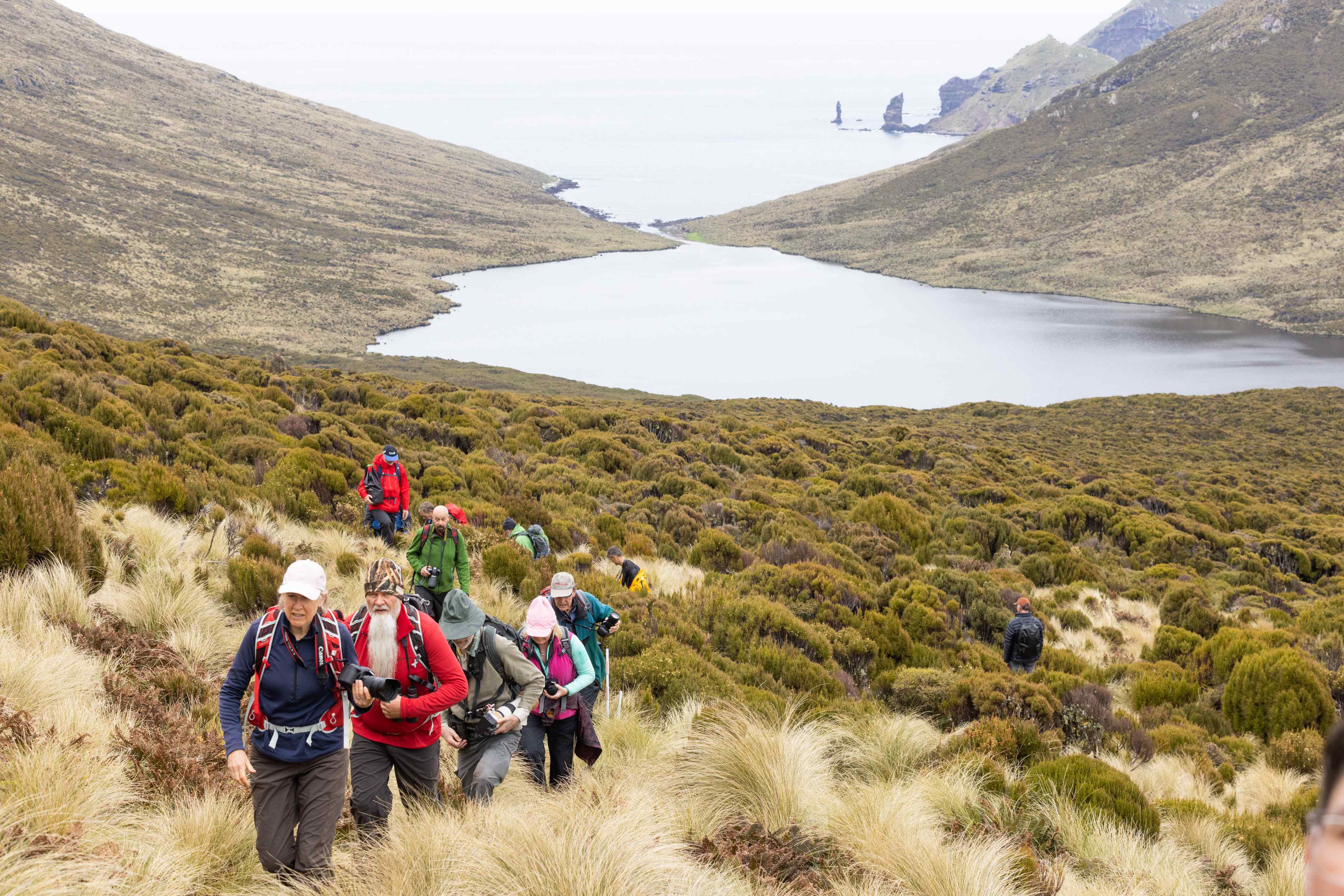
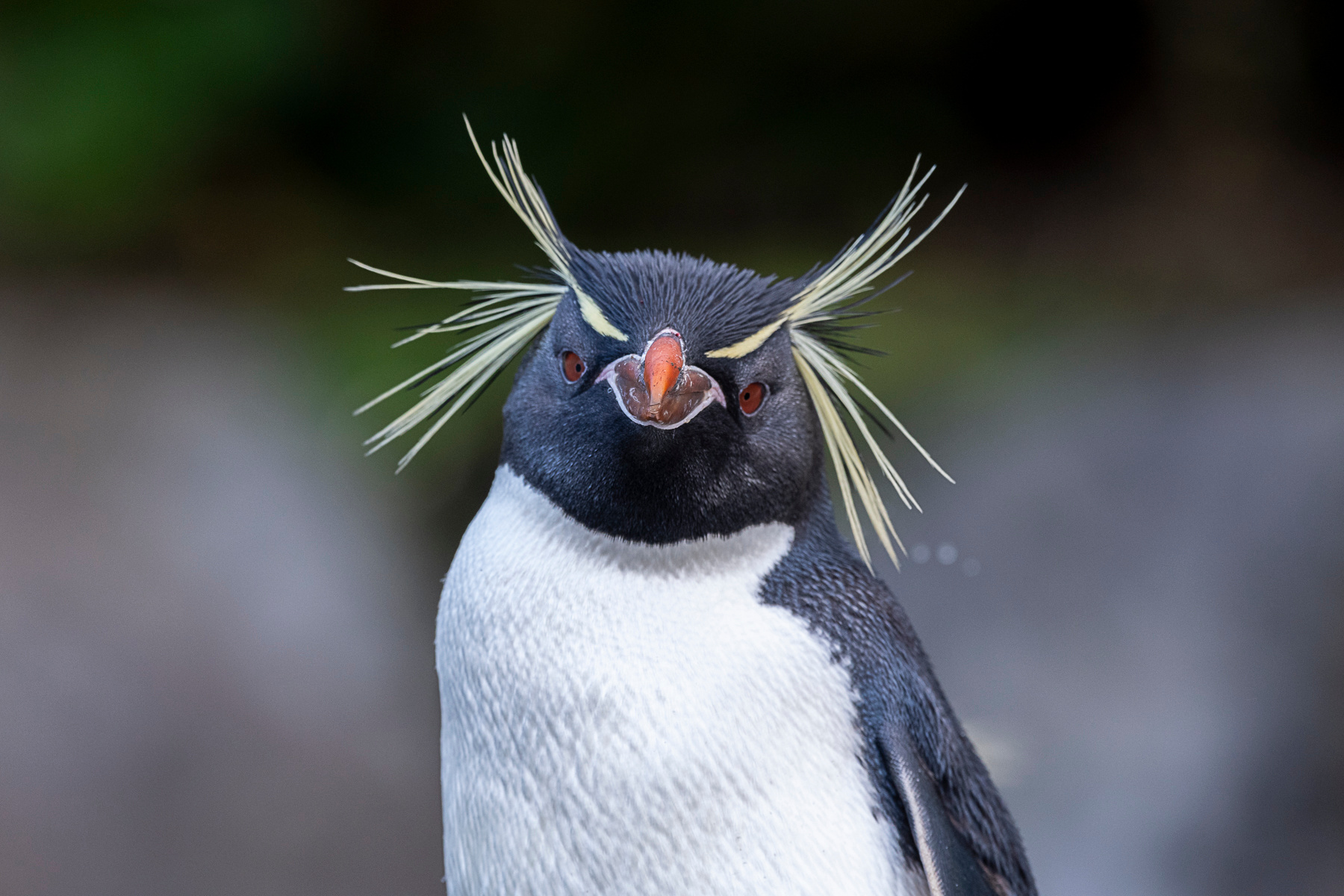
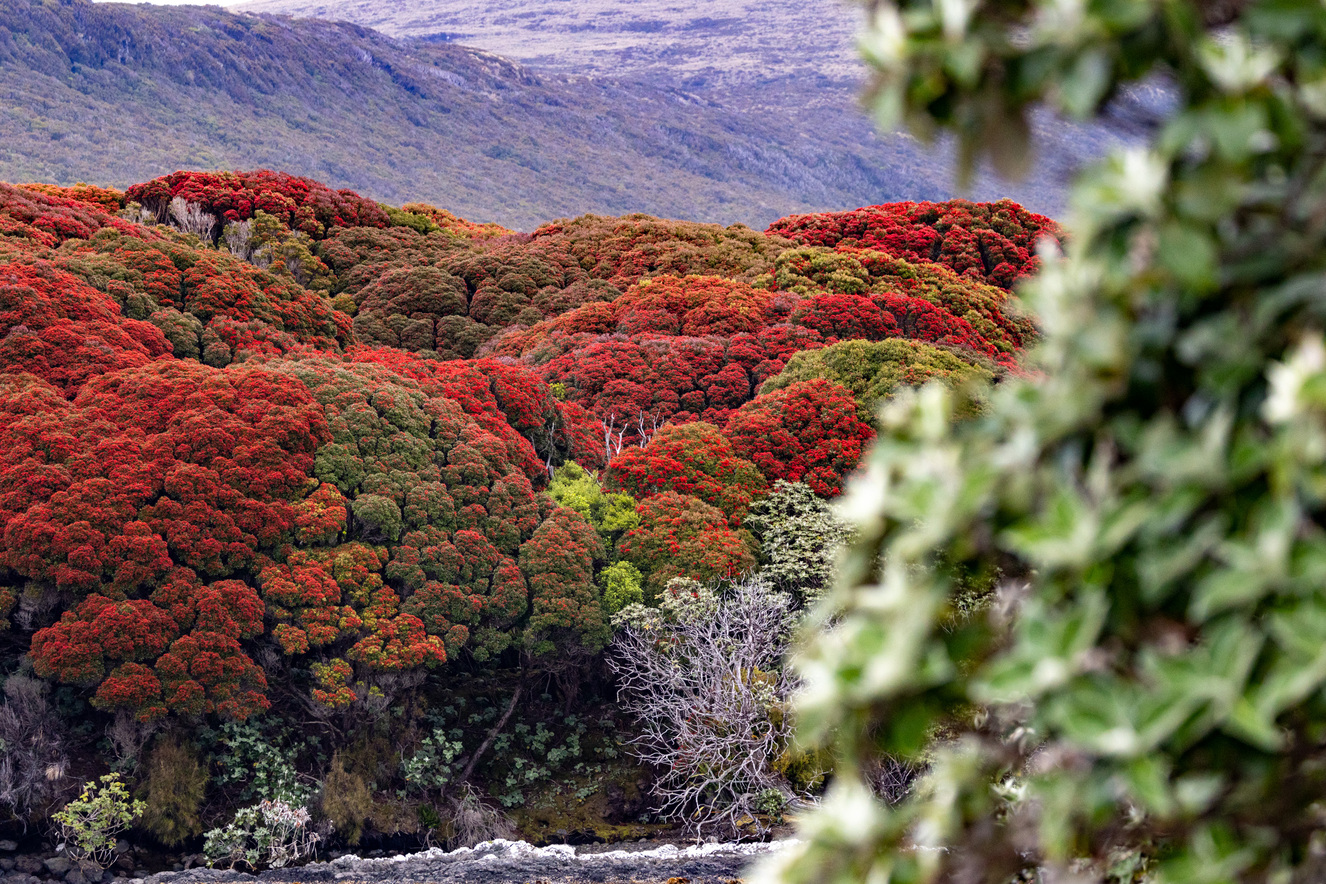
_ebell_forgotten_islands_7_(custom).jpg)

.jpg)
.jpg)
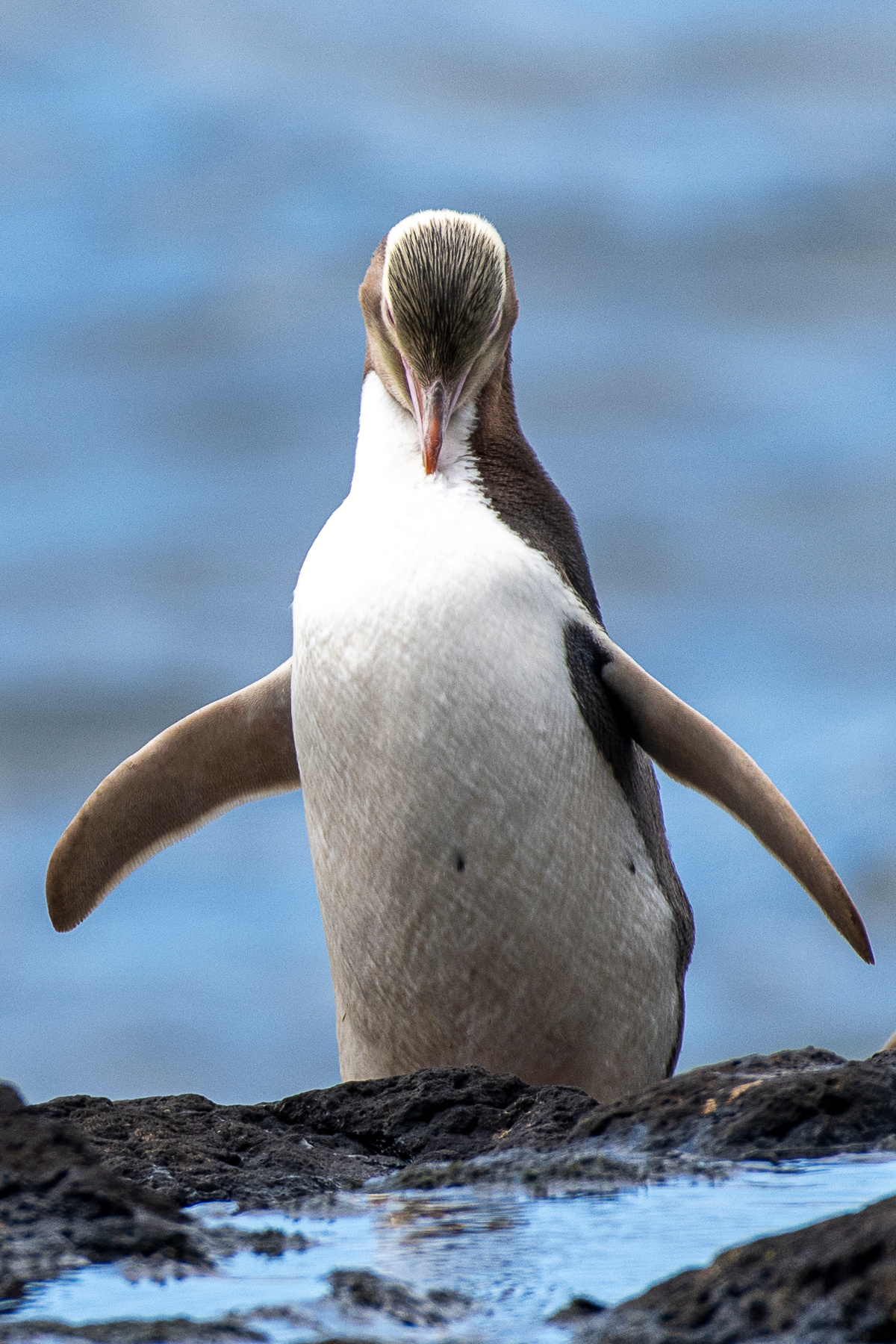
_ebell_forgotten_islands_4_(custom).jpg)

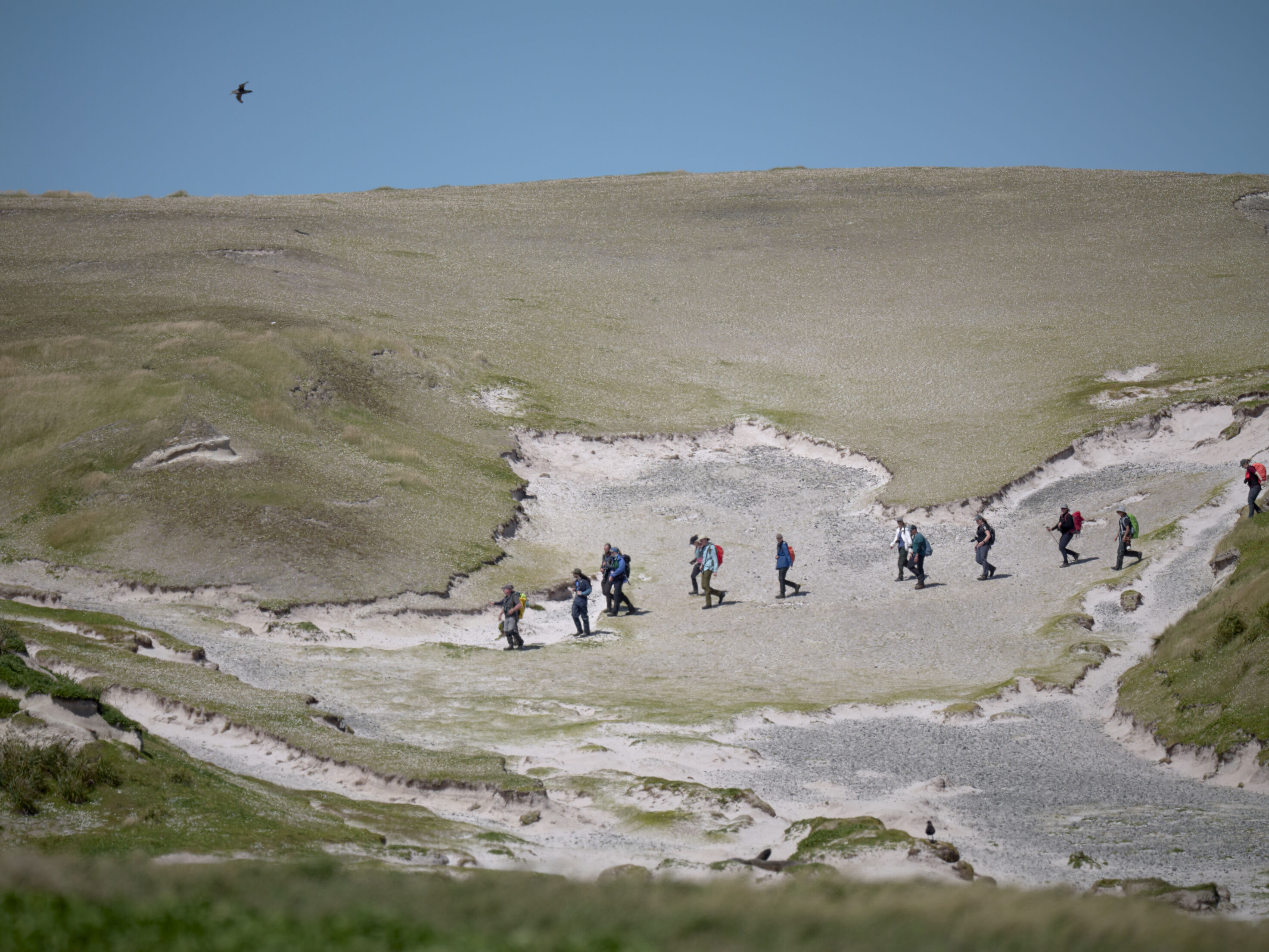
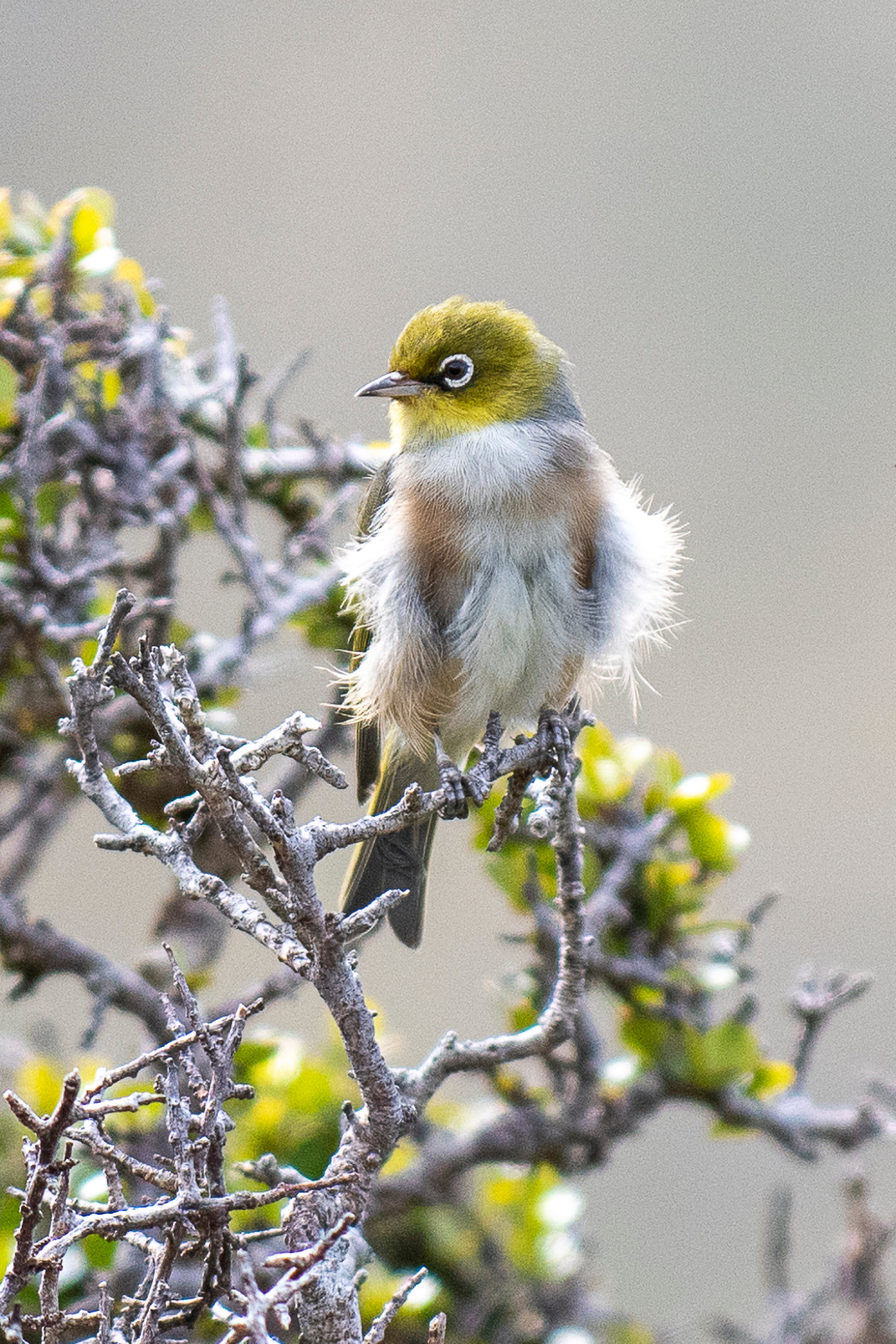
_ebell_forgotten_islands_9_(custom).jpg)

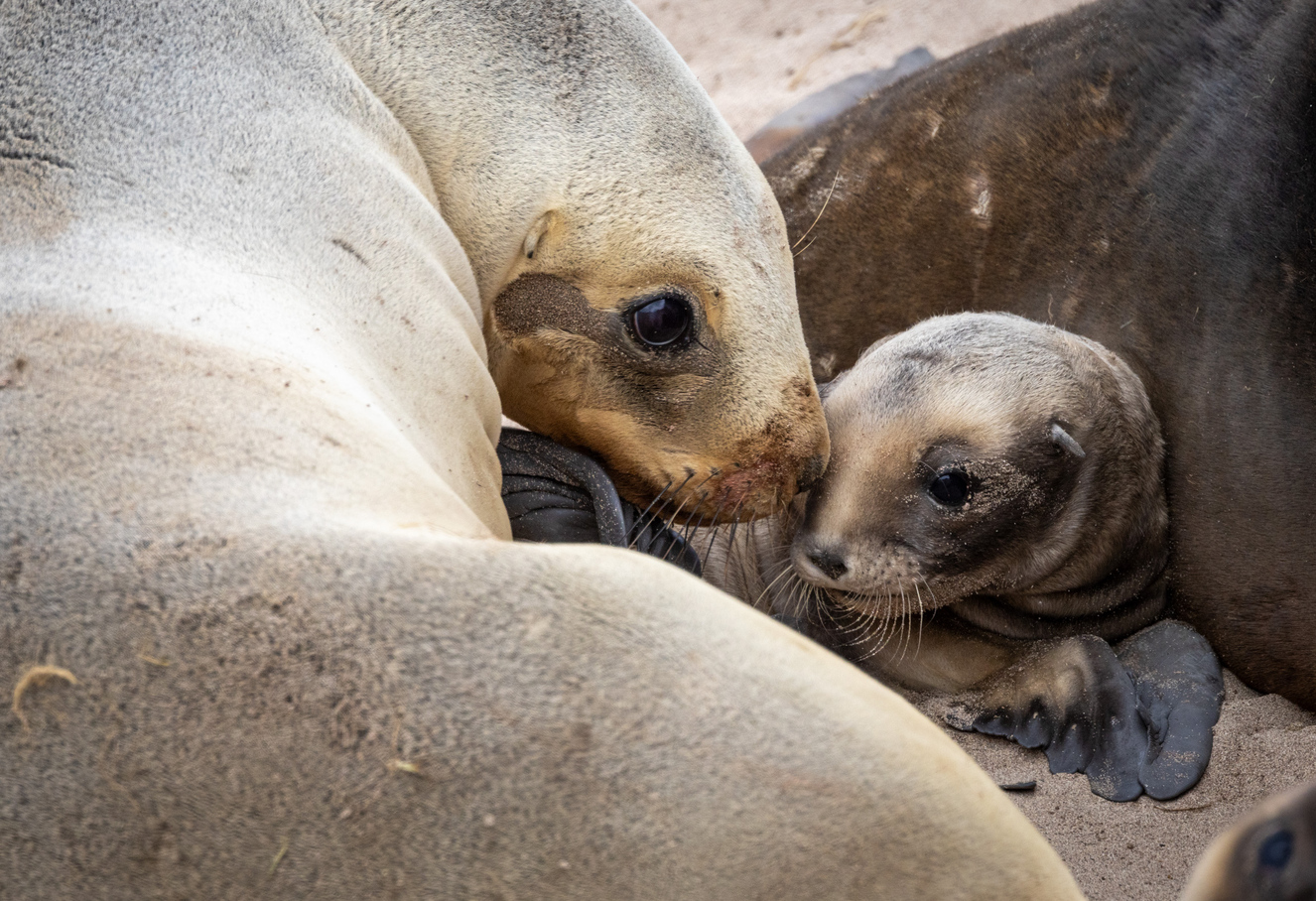




.jpg)


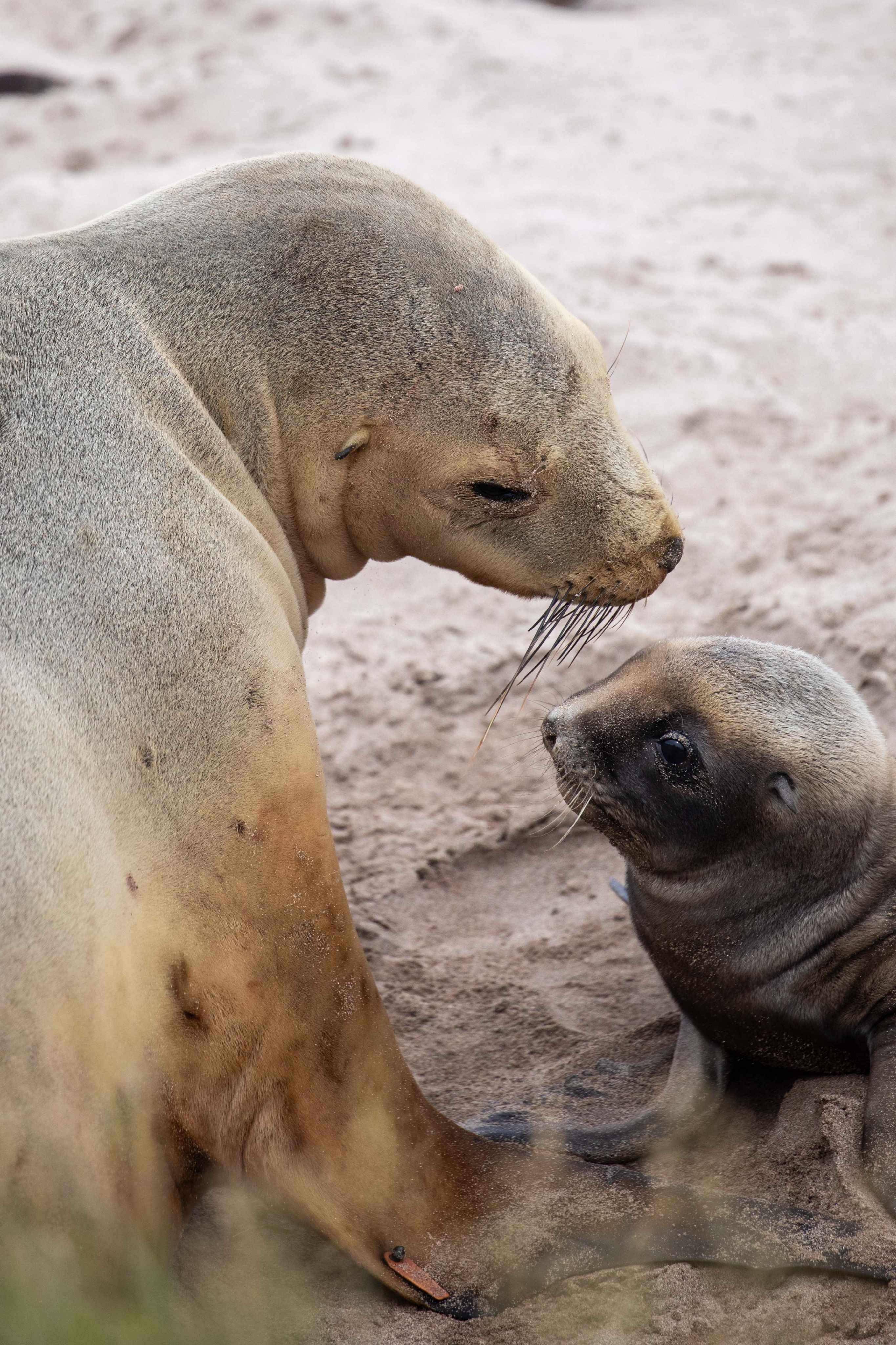
_kovsyanikova_forgotten_islands_6_(custom).jpg)
_ebell_forgotten_islands_10_(custom).jpg)
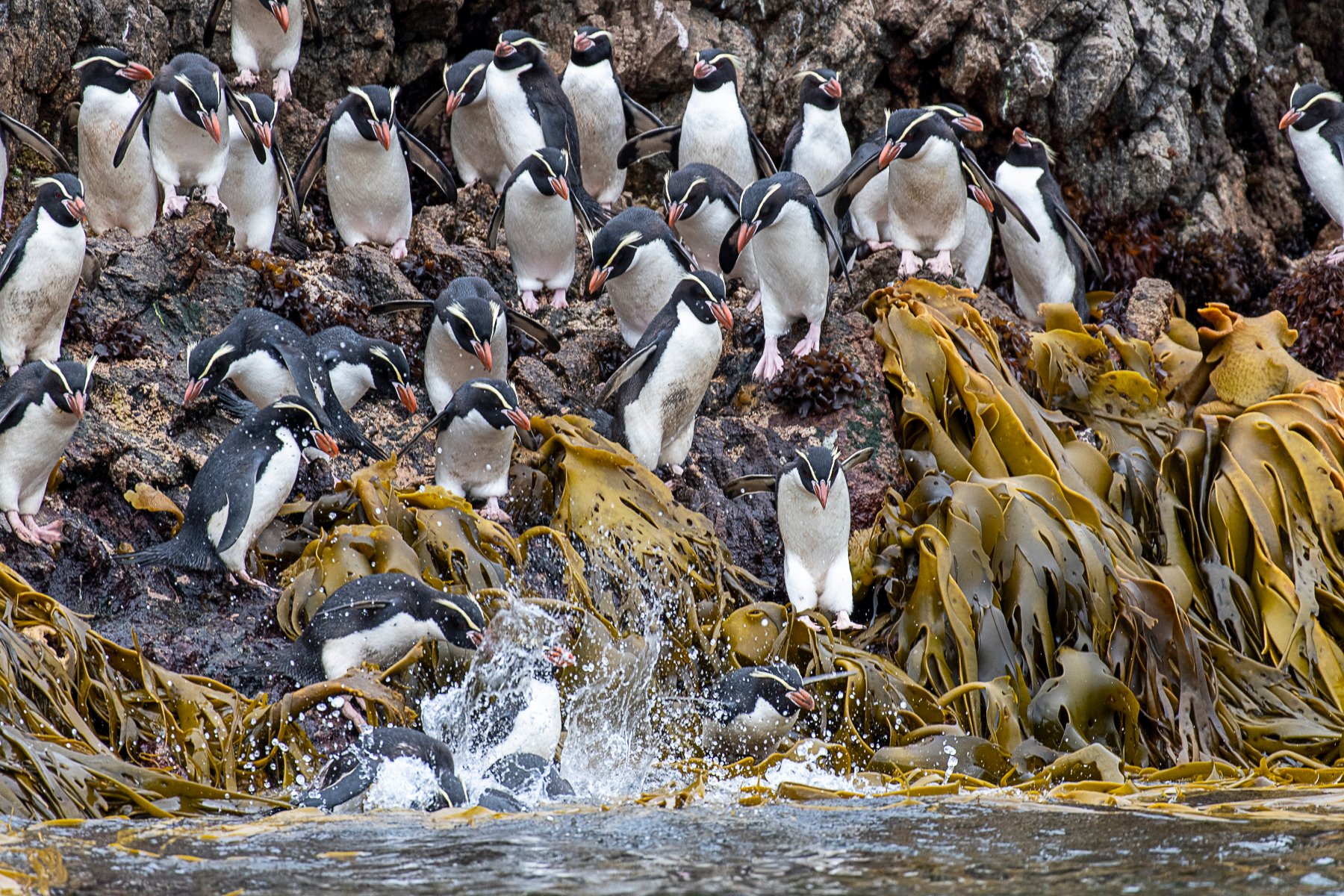
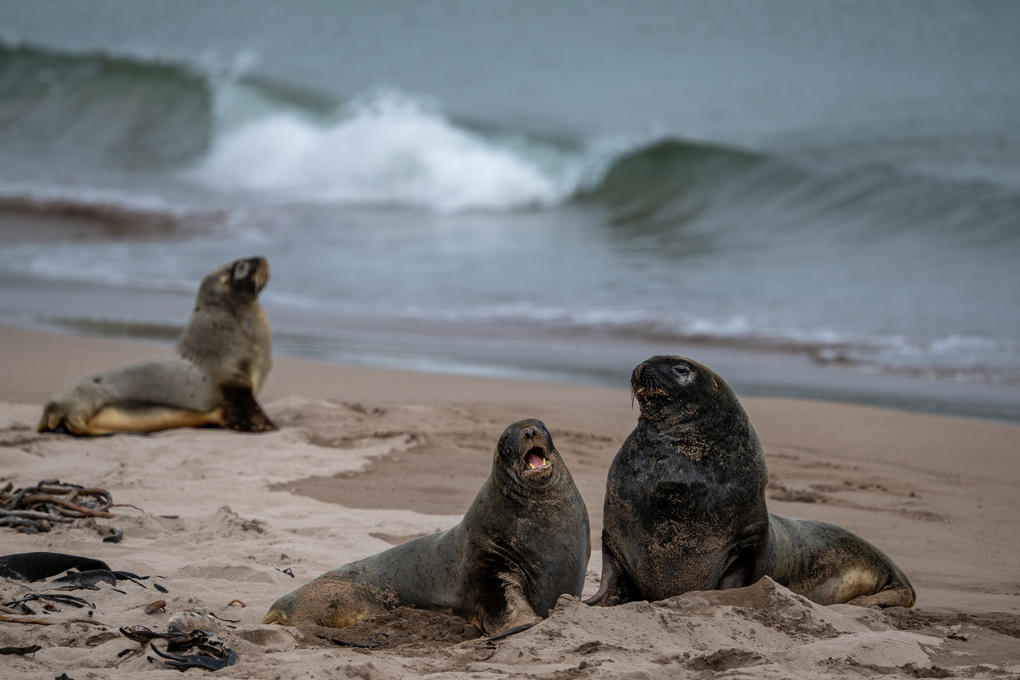
.jpg)
_kovsyanikova__(10).jpg)
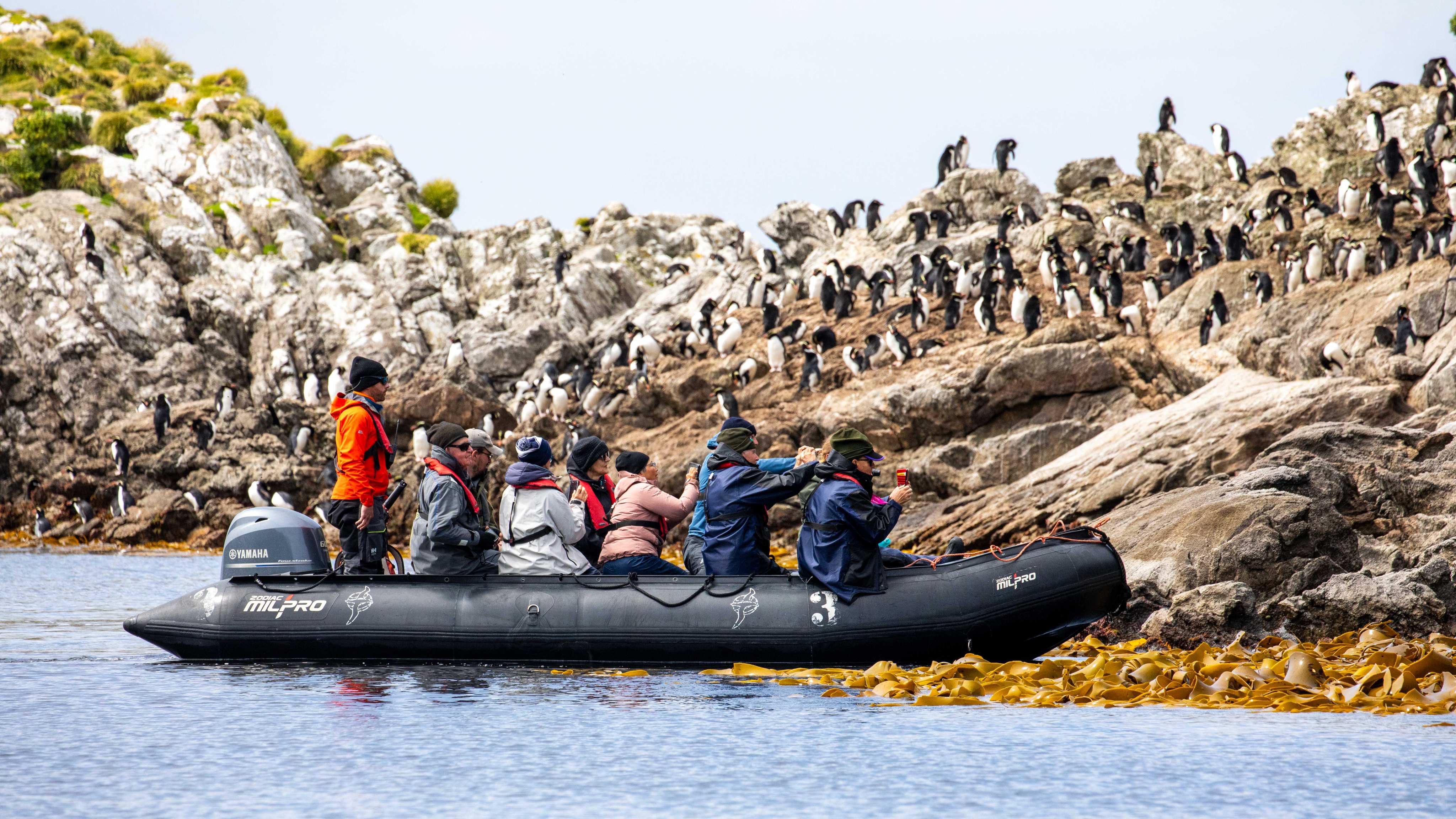
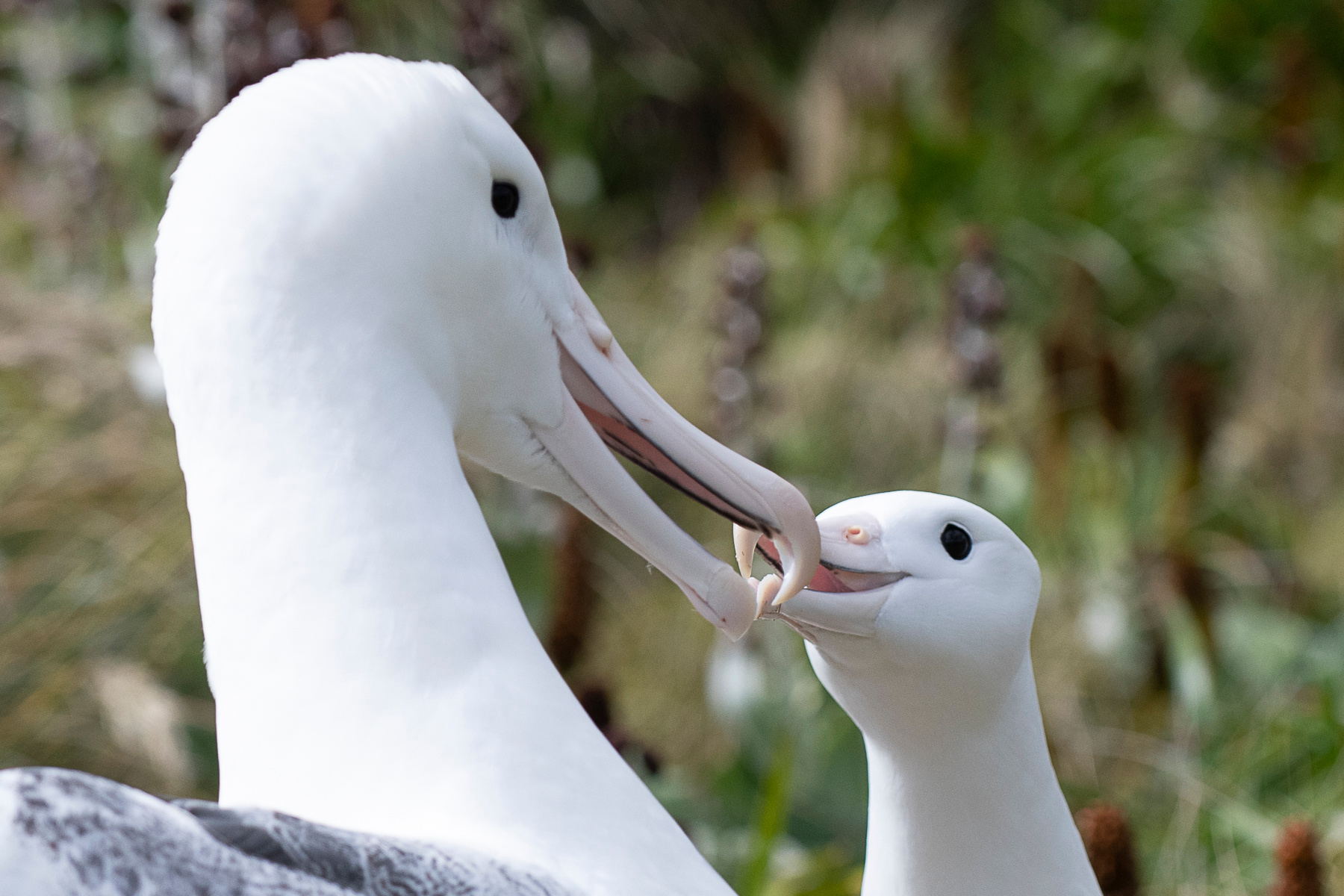
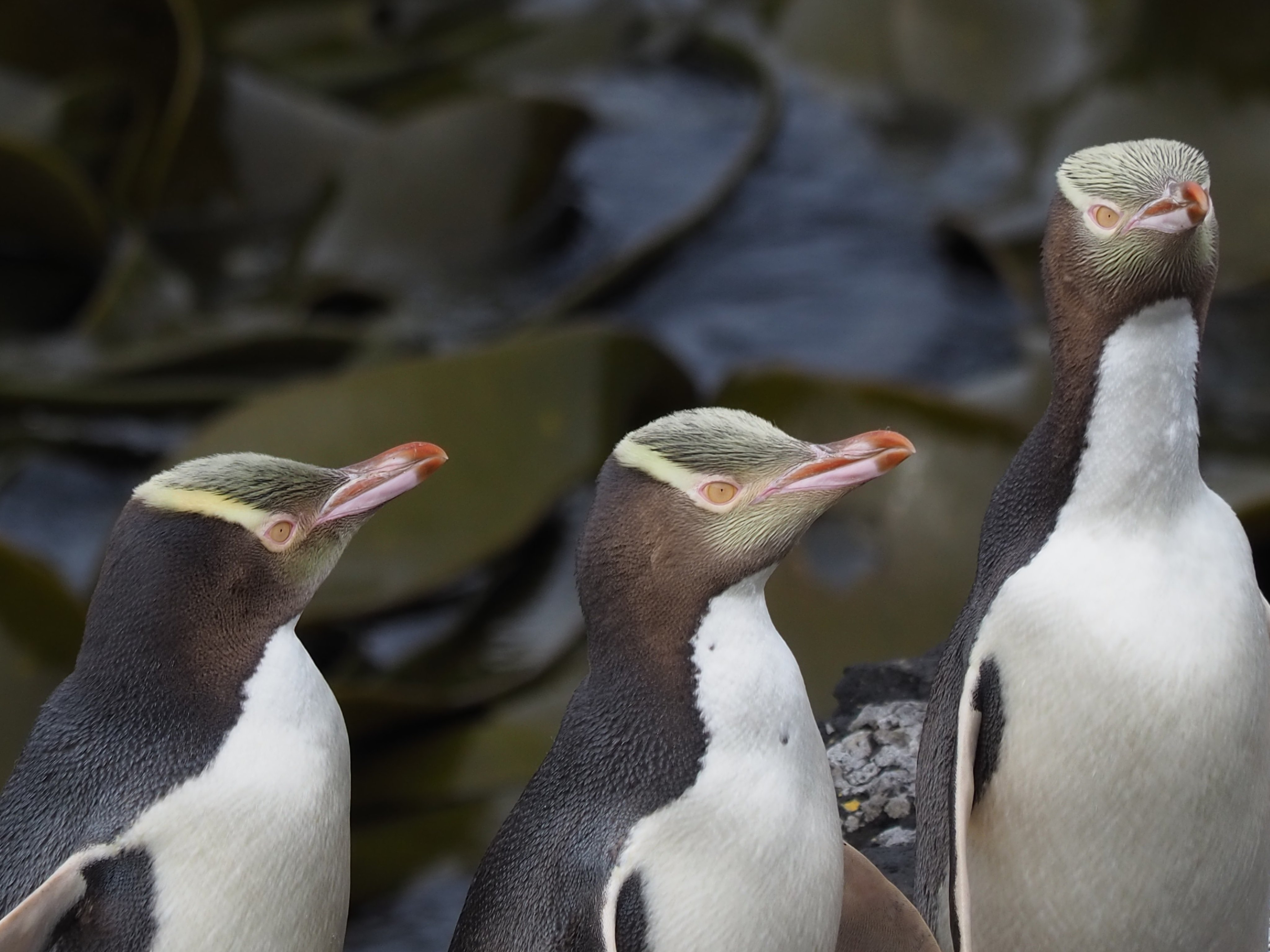
_kovsyanikova_forgotten_islands_2_(custom).jpg)
.jpg)

_kovsyanikova_forgotten_islands_7_(custom).jpg)
_kovsyanikova__(16).jpg)
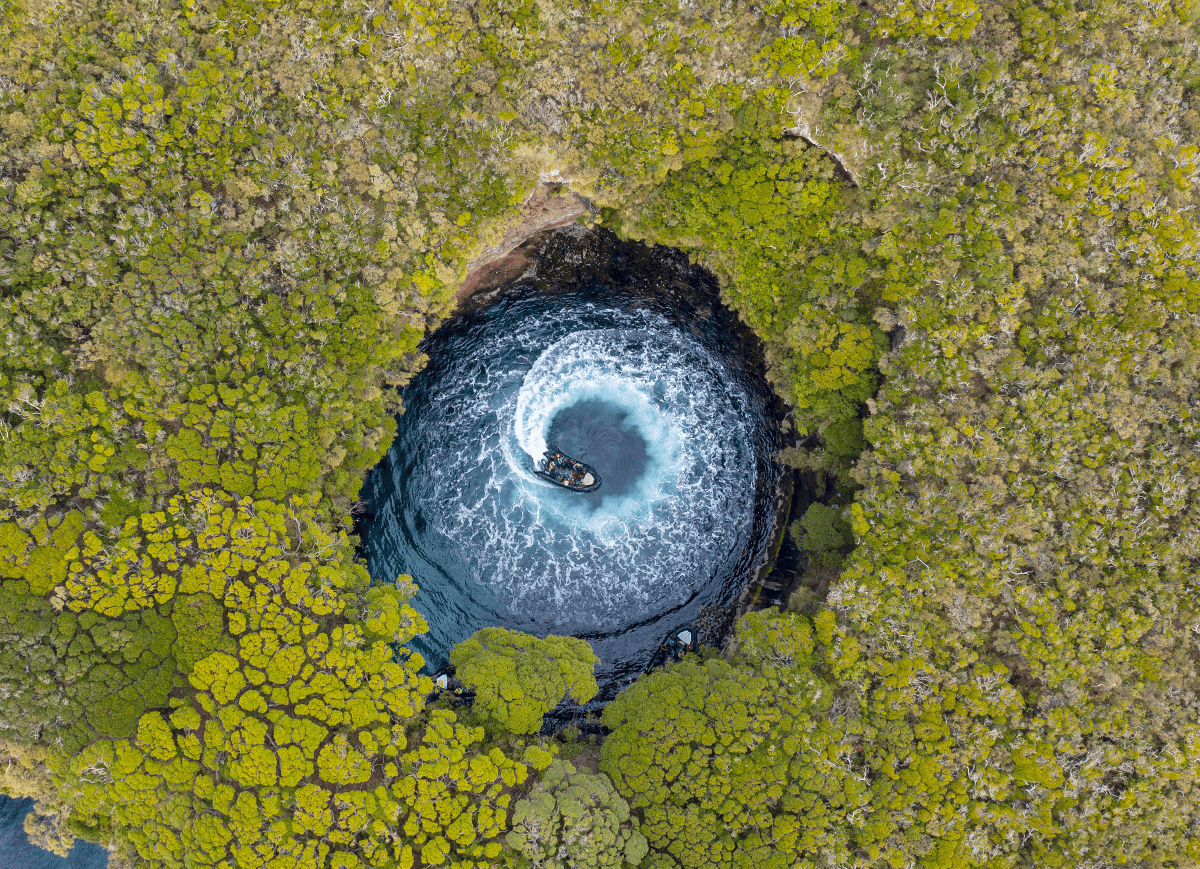
_kovsyanikova_forgotten_islands_8_(custom).jpg)
.jpg)


